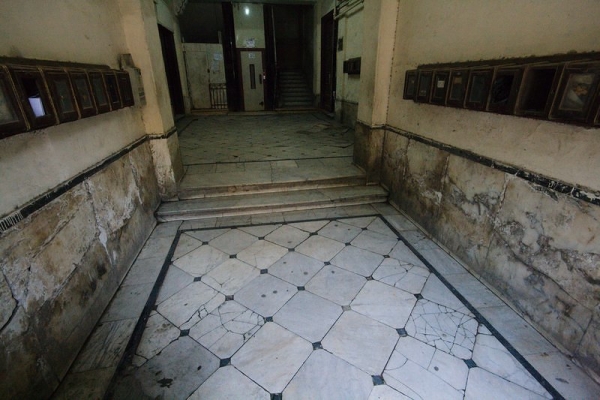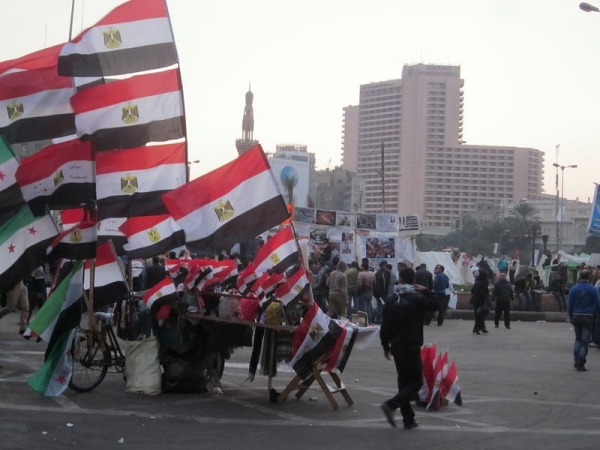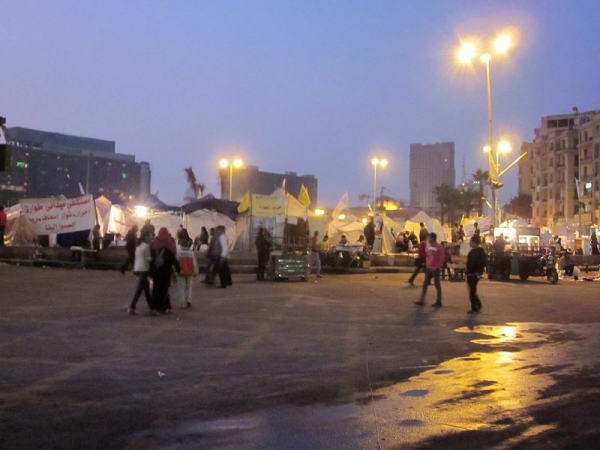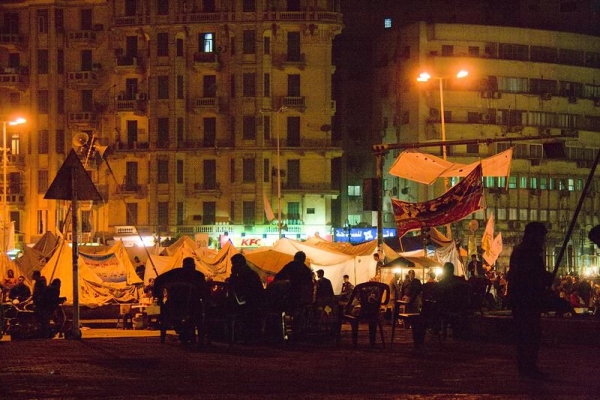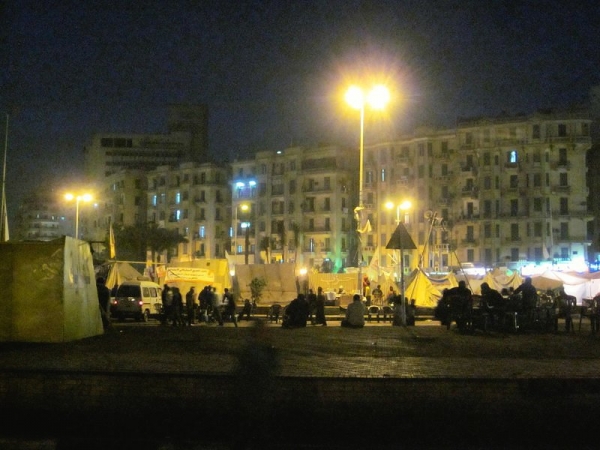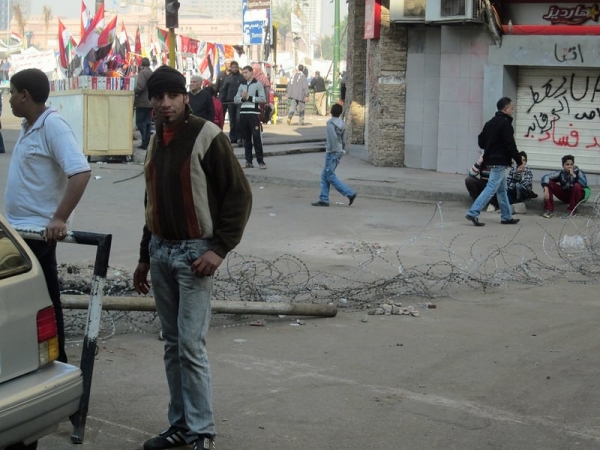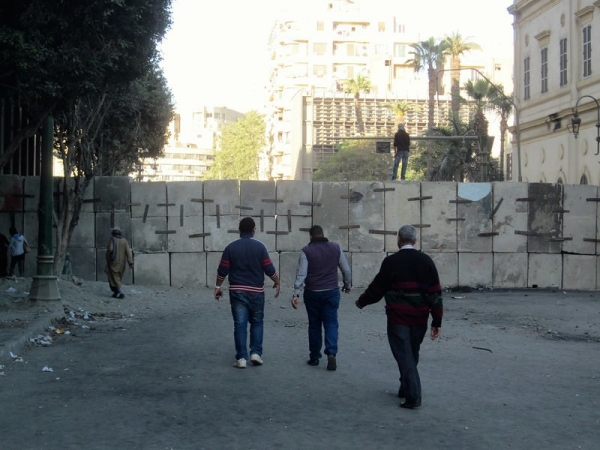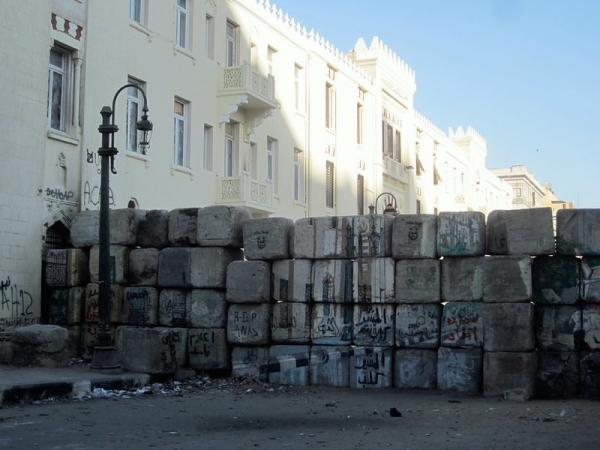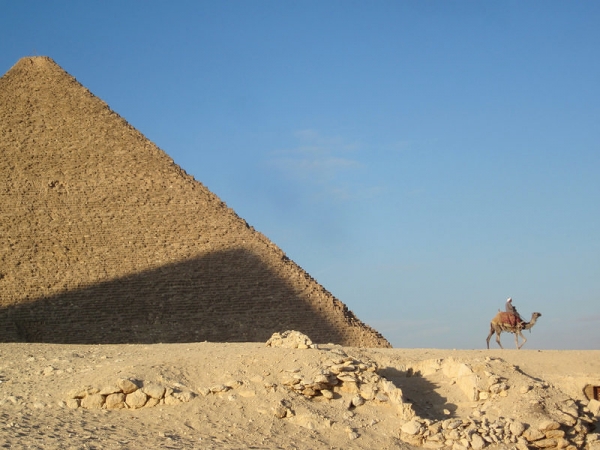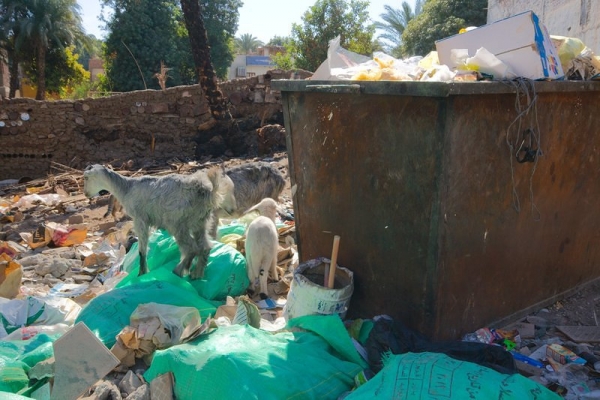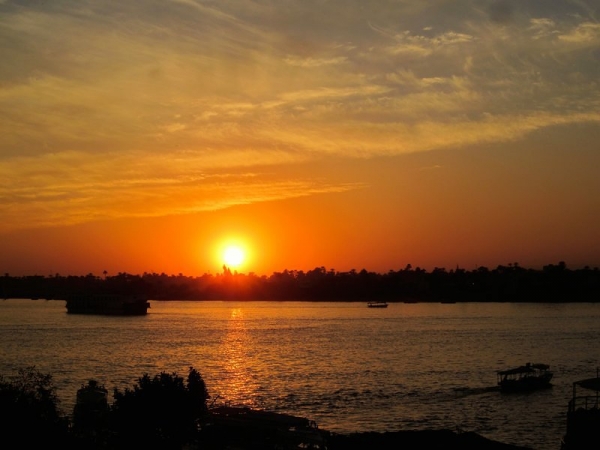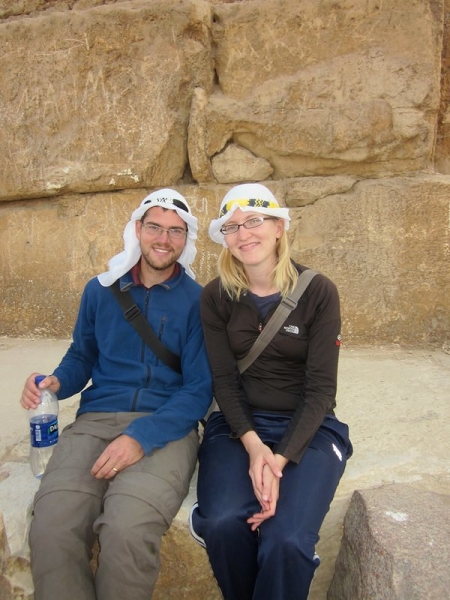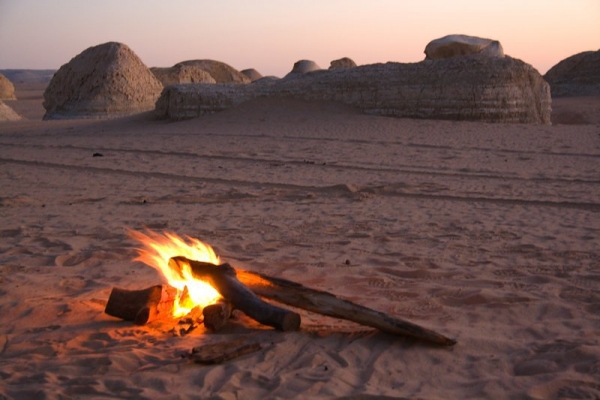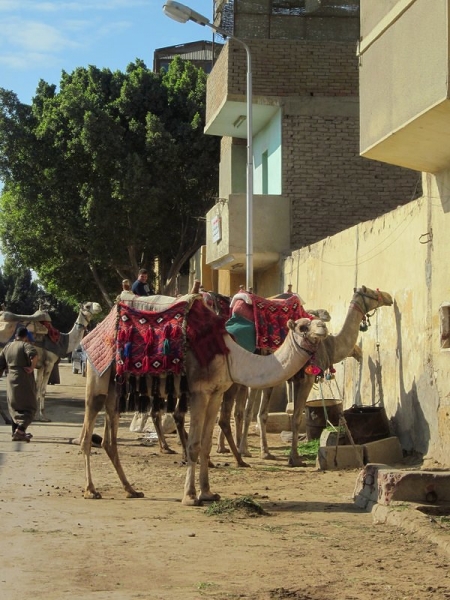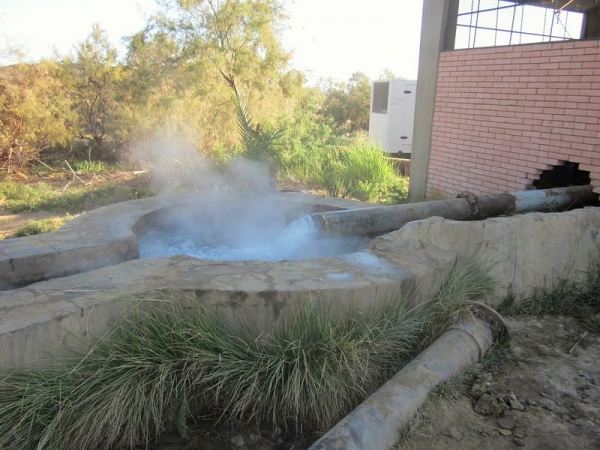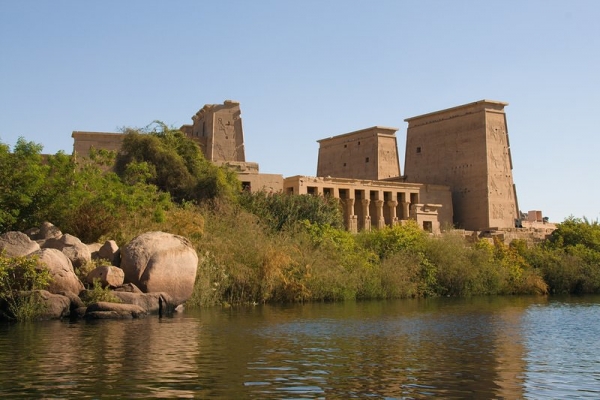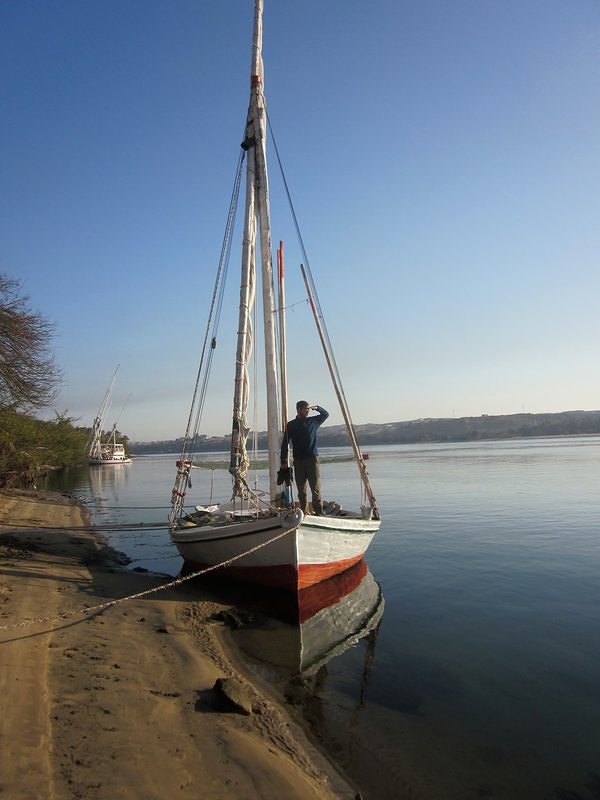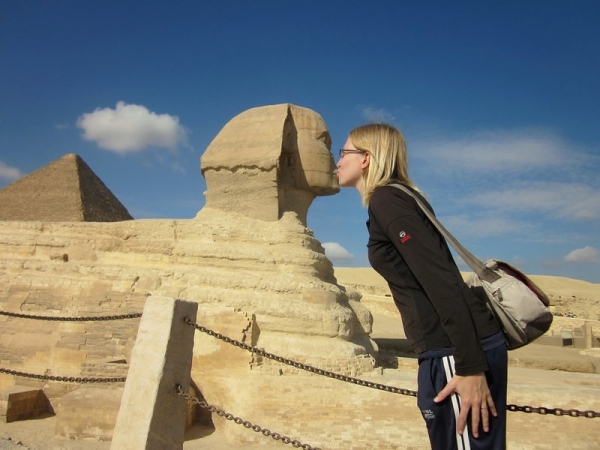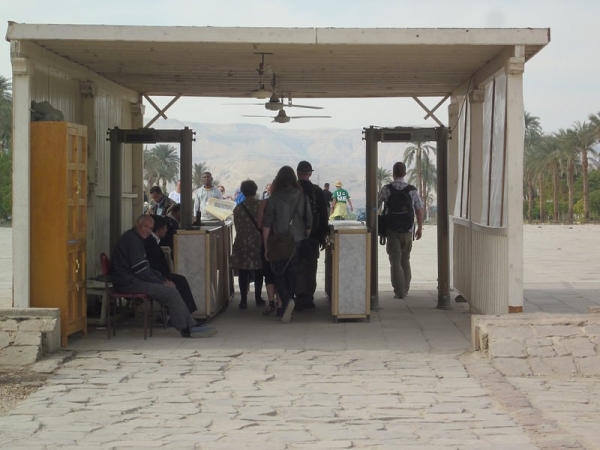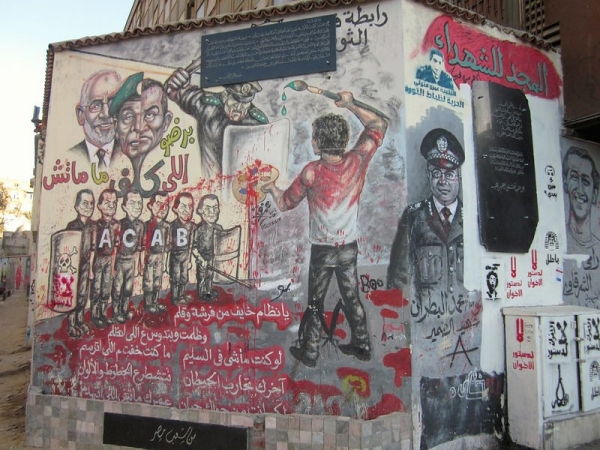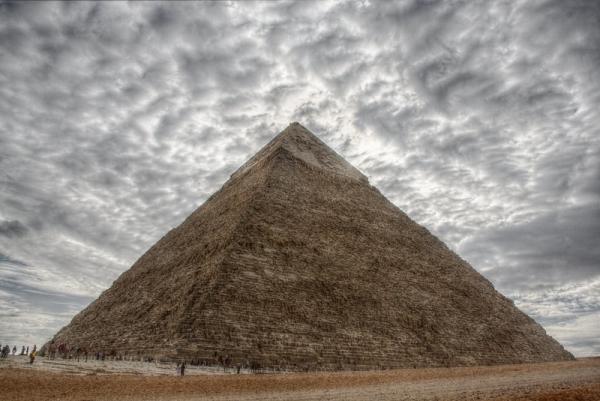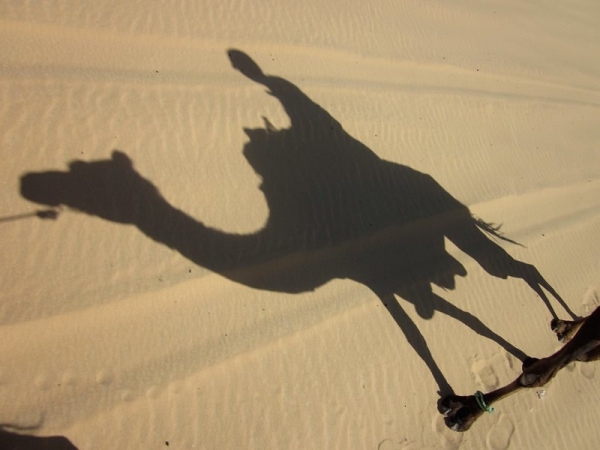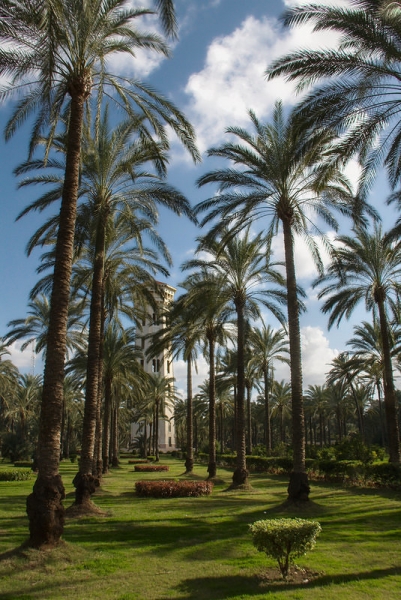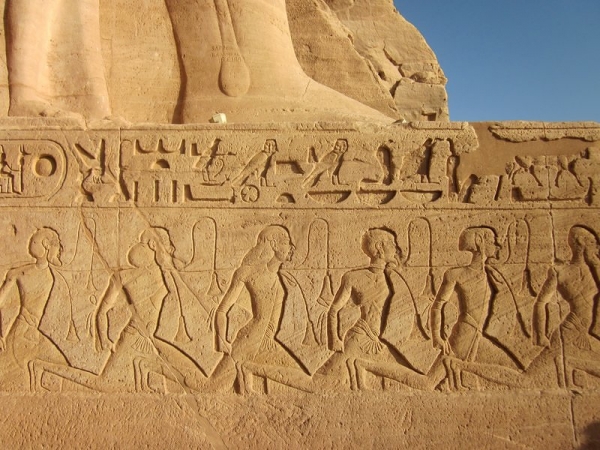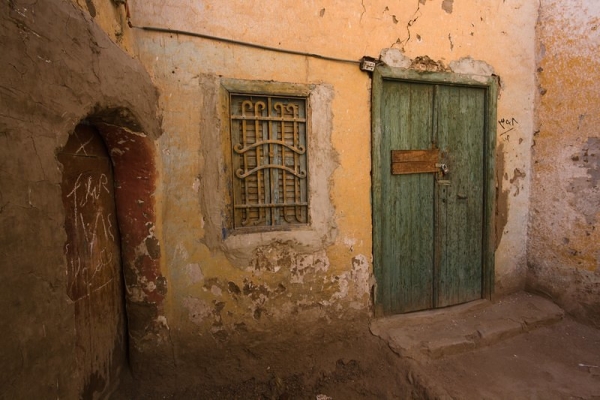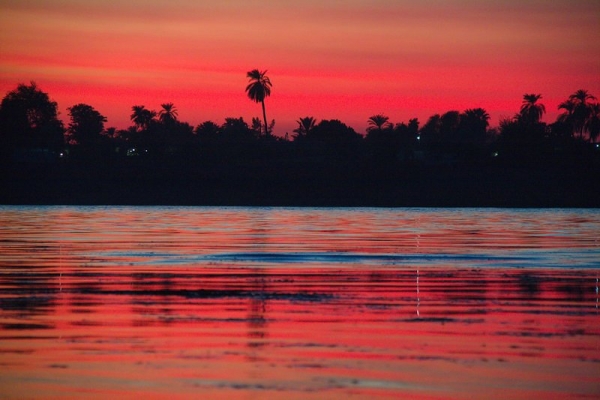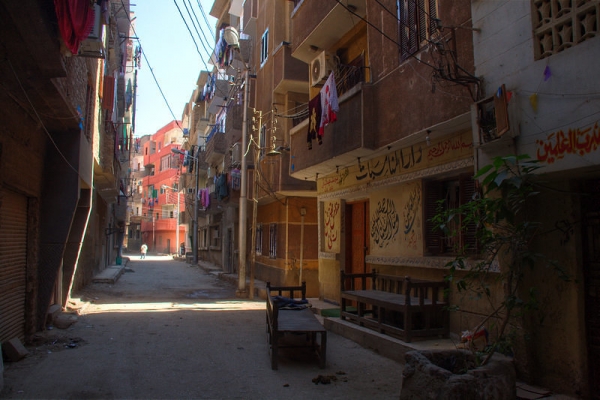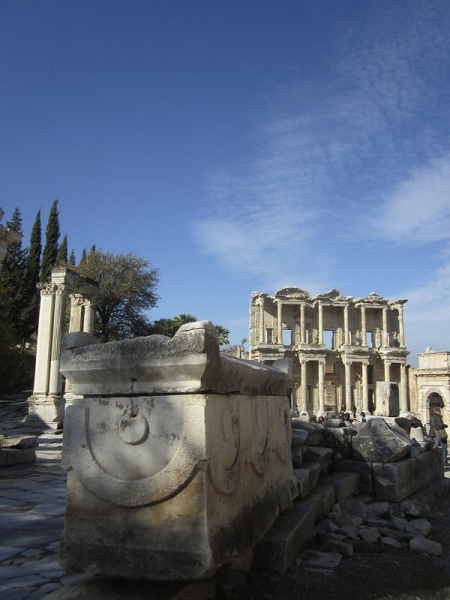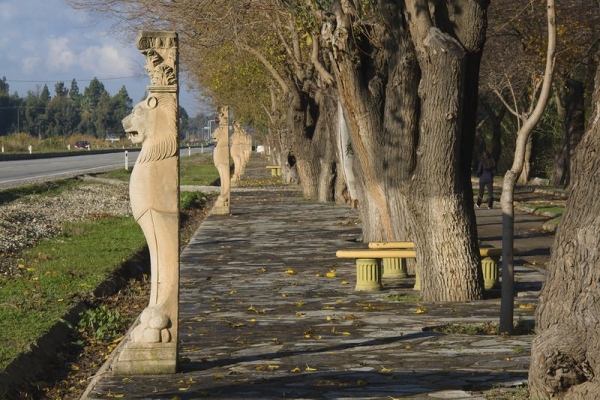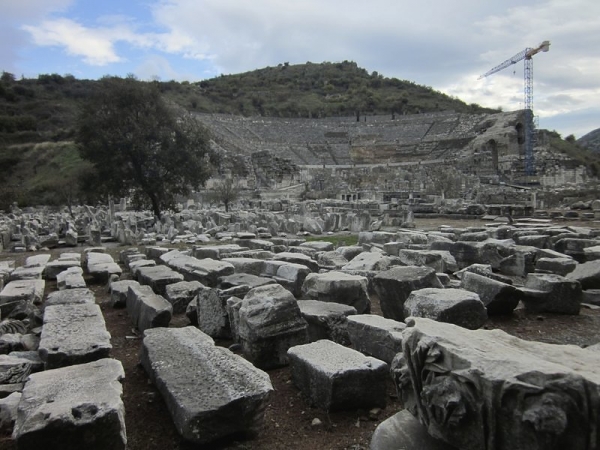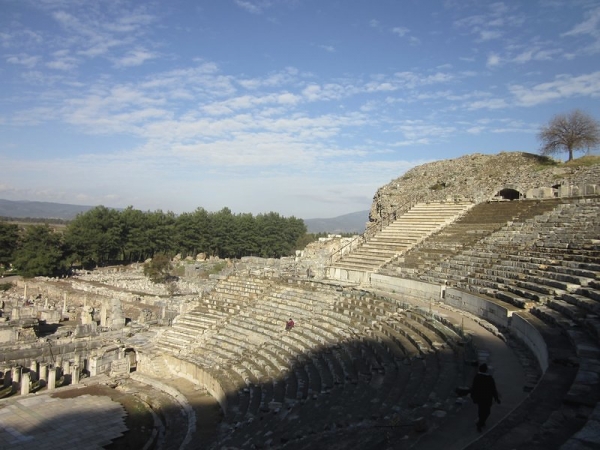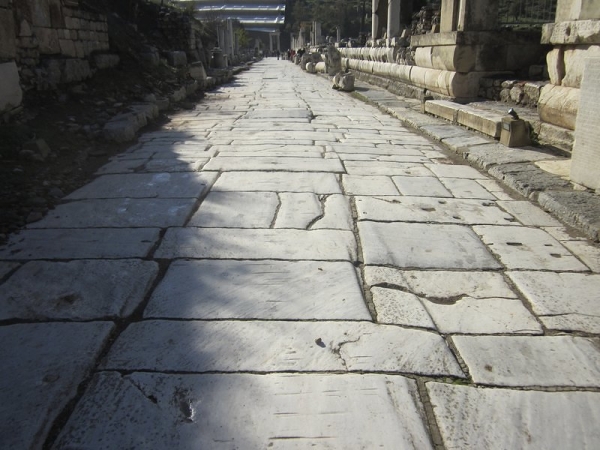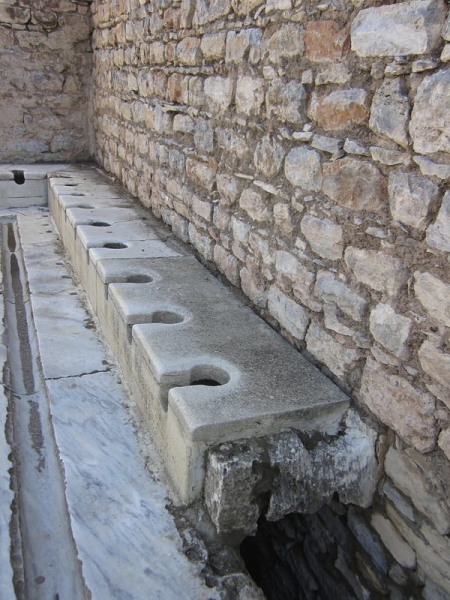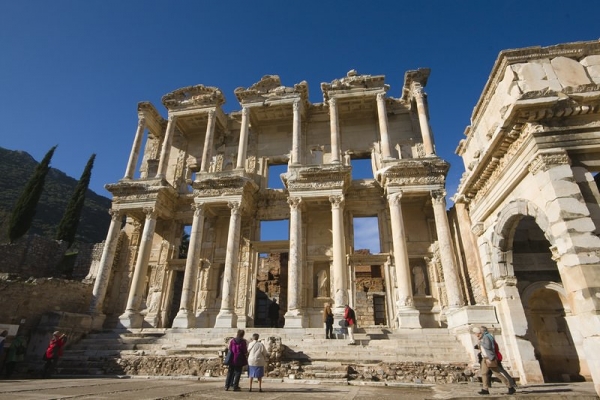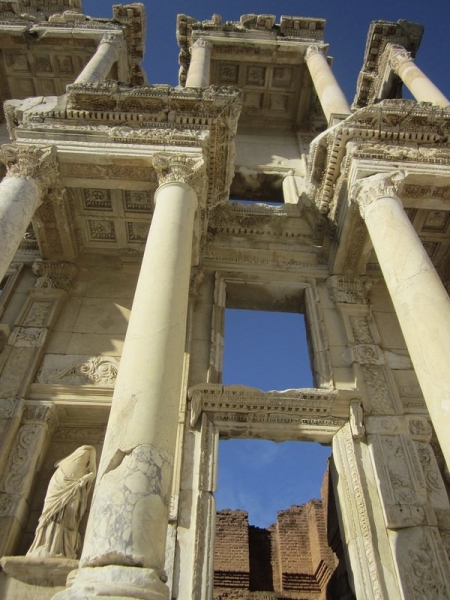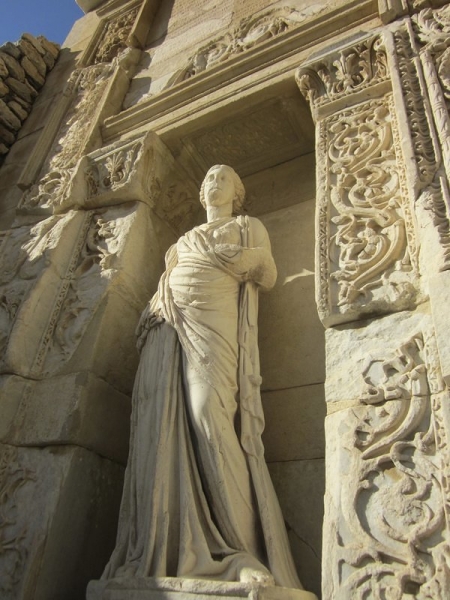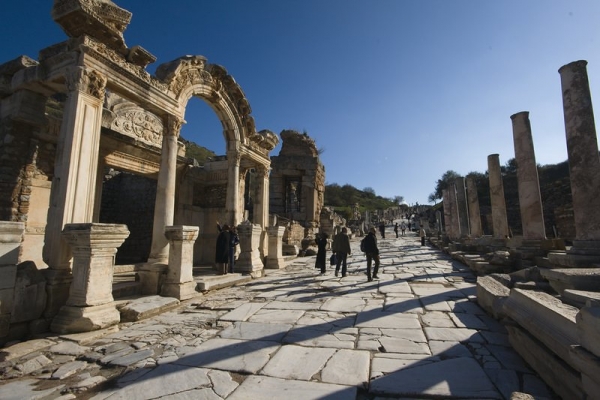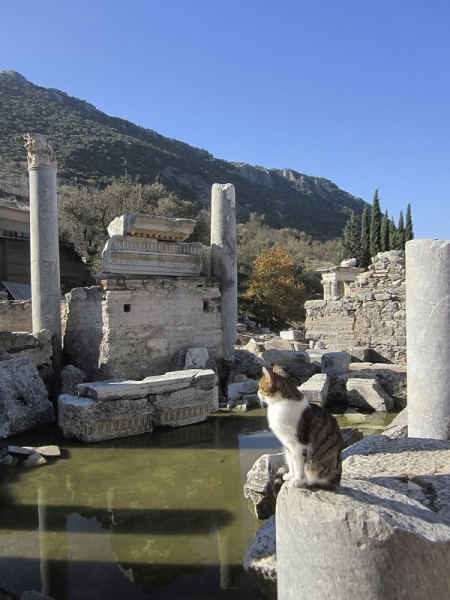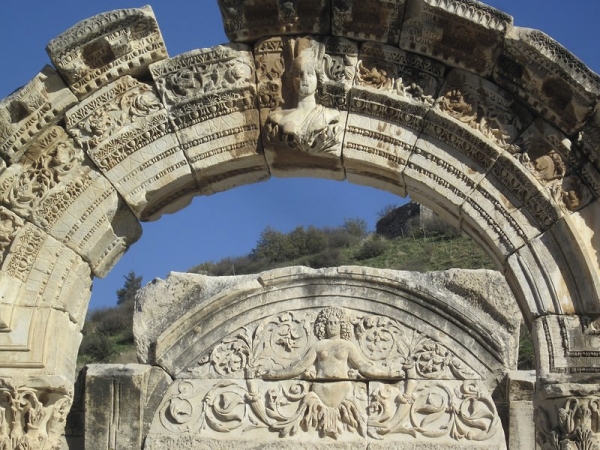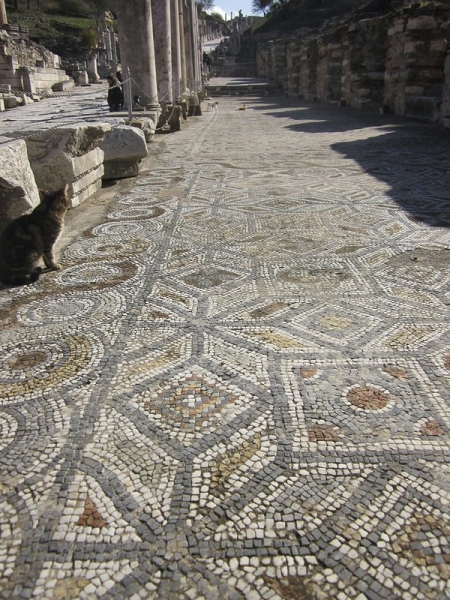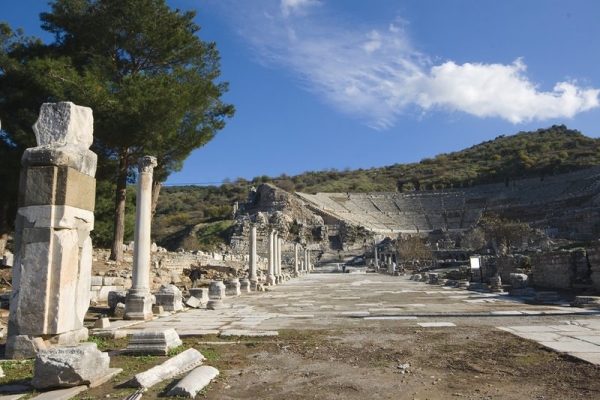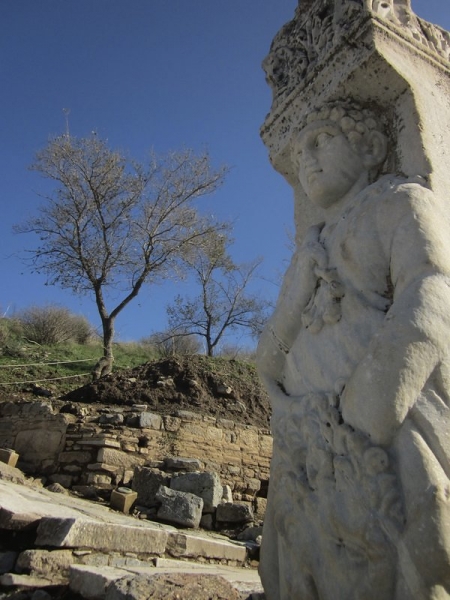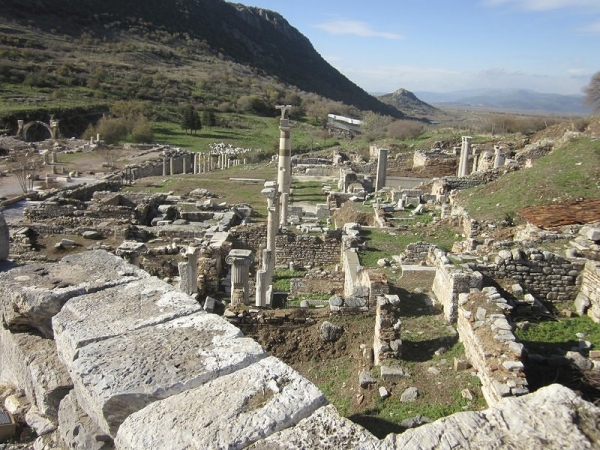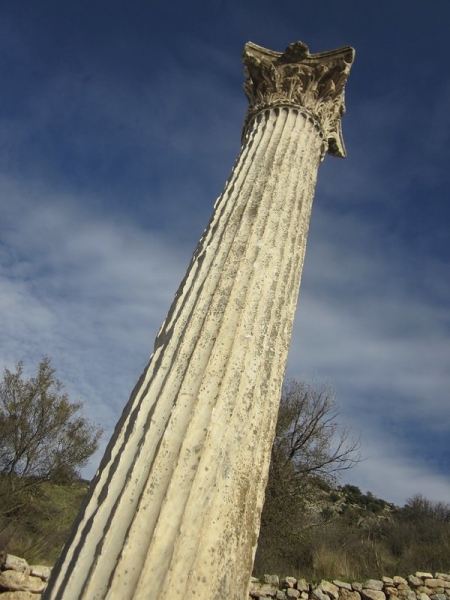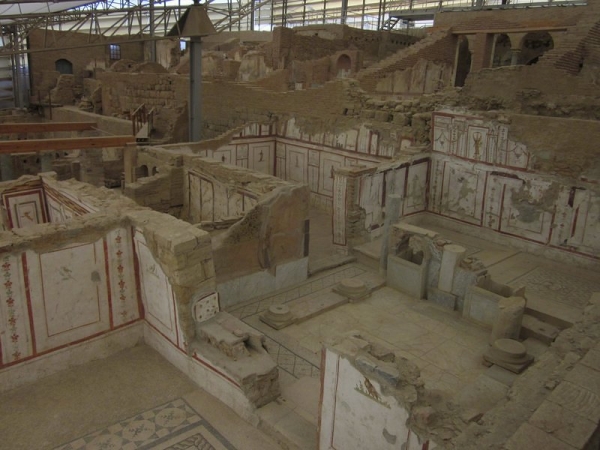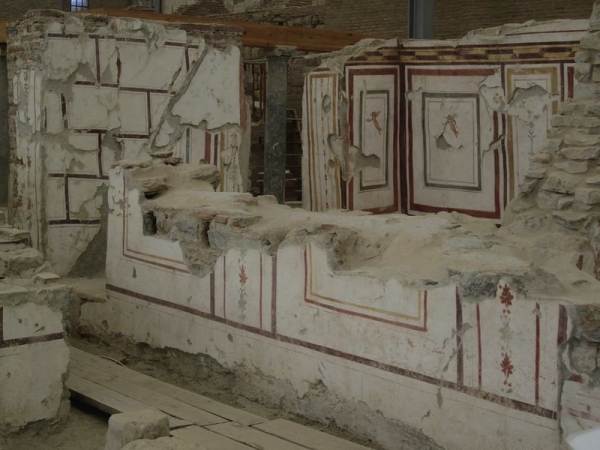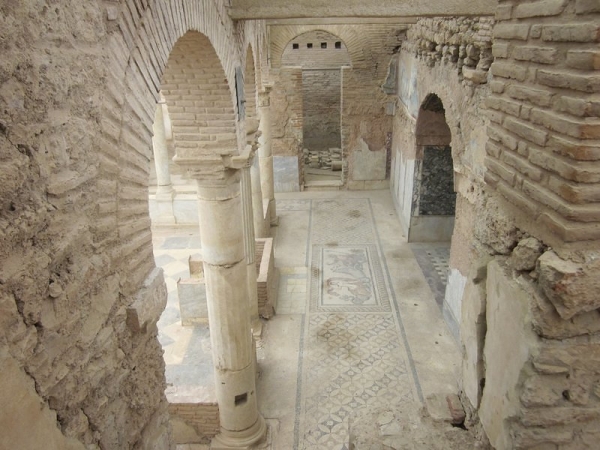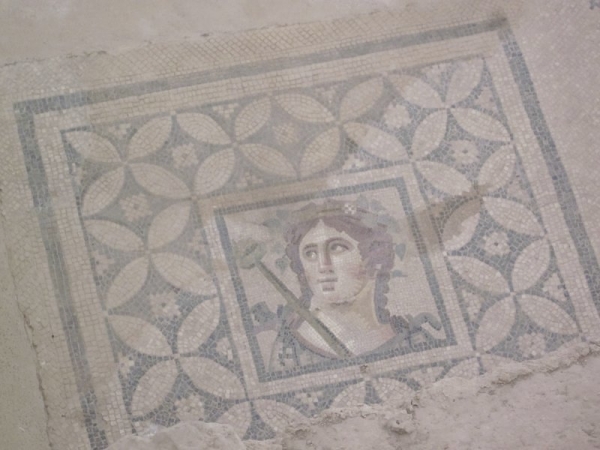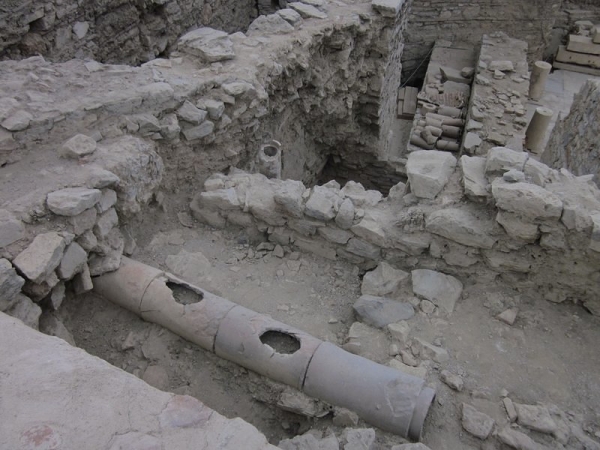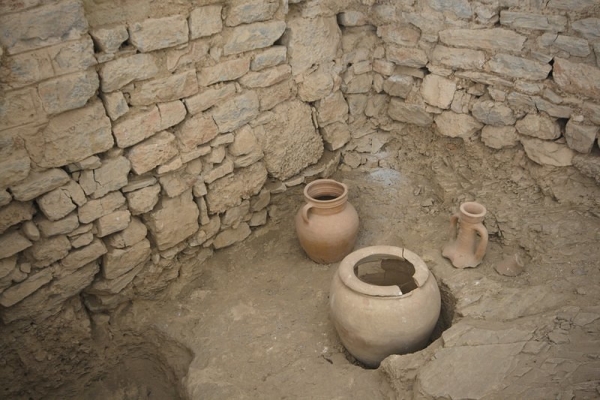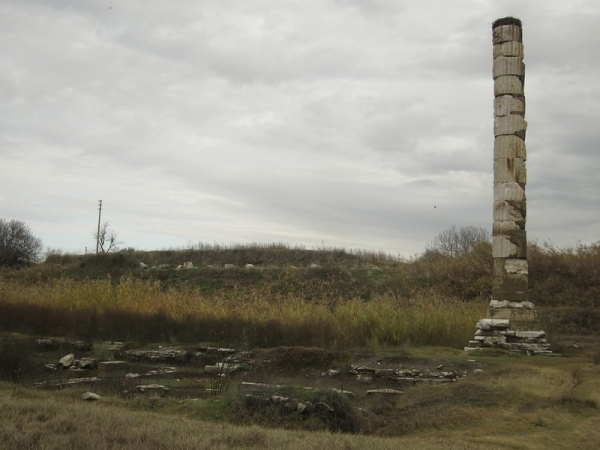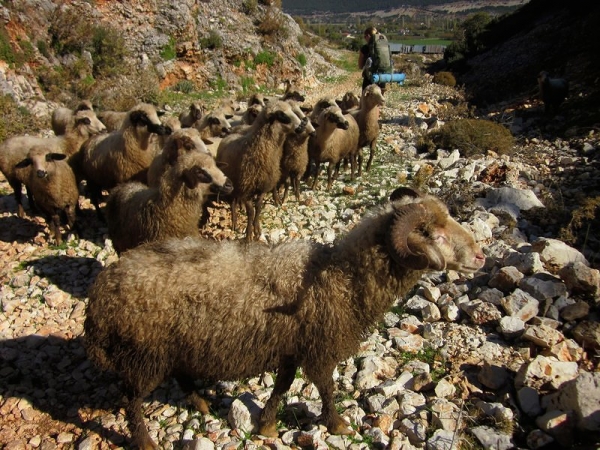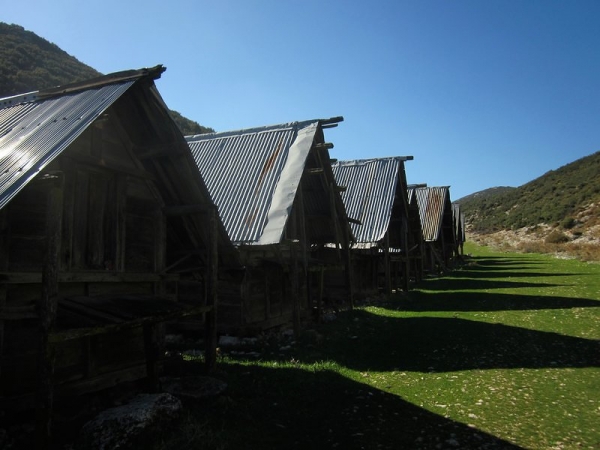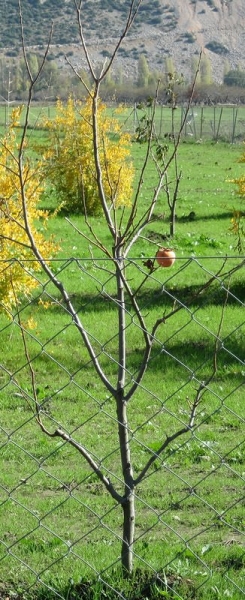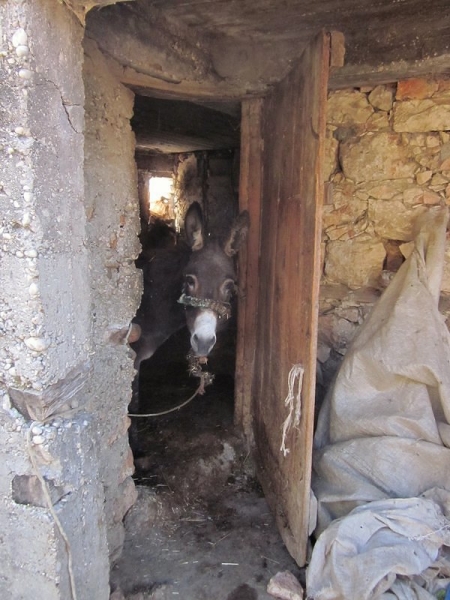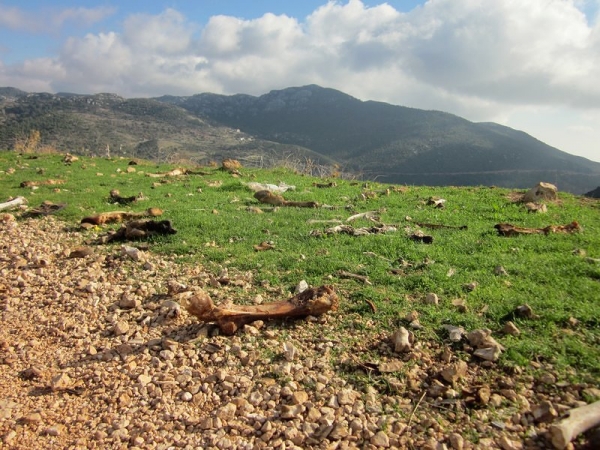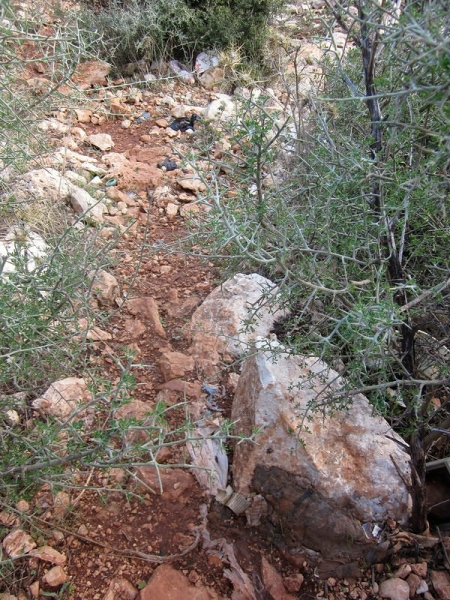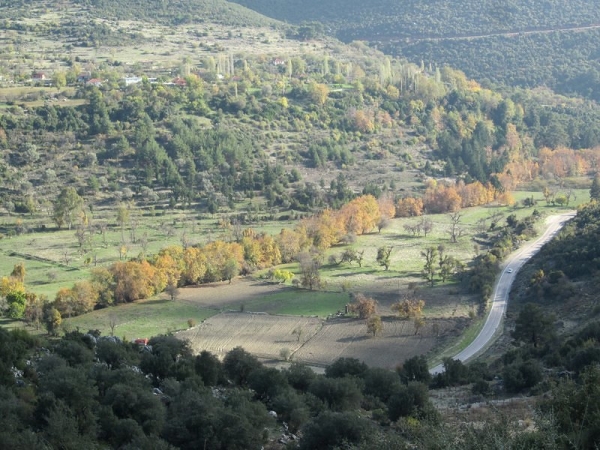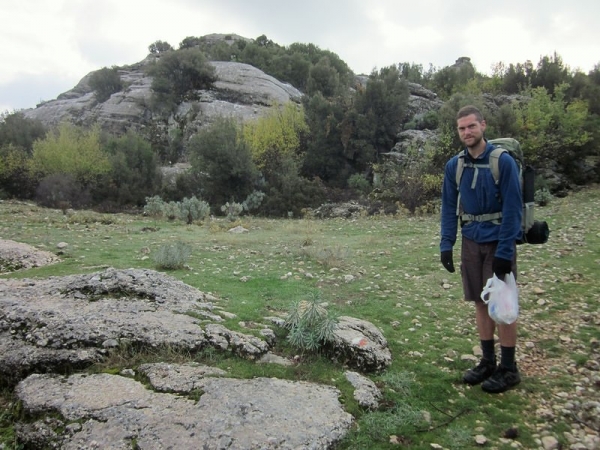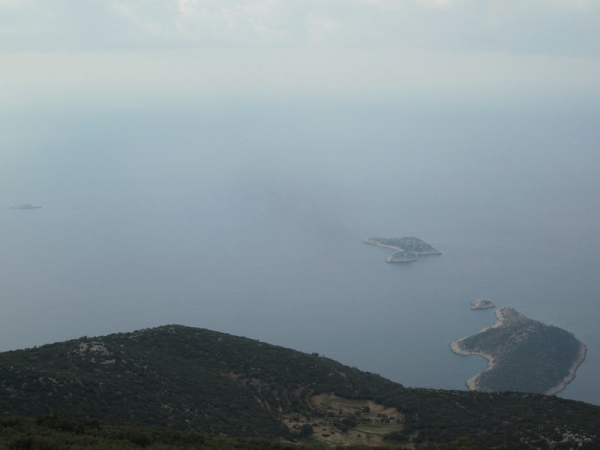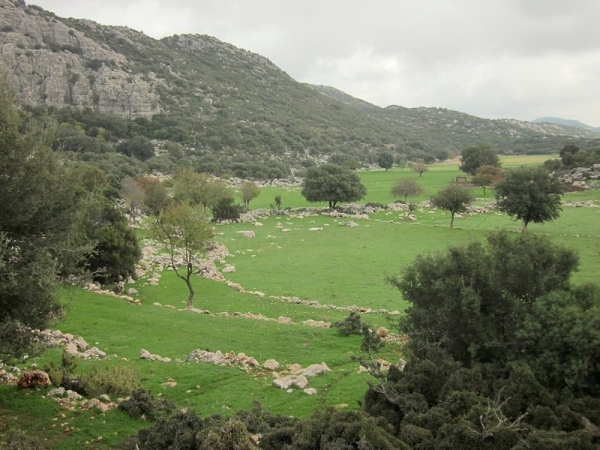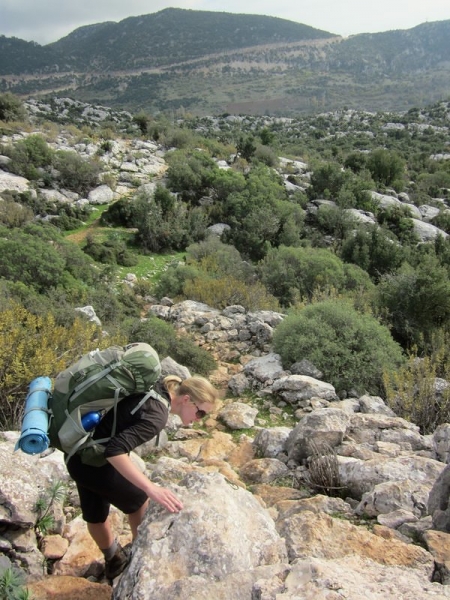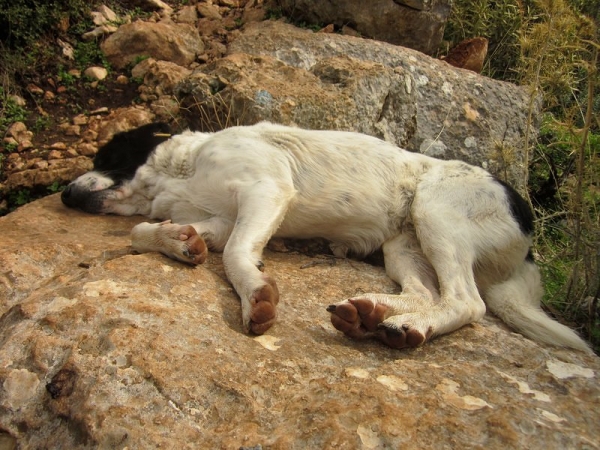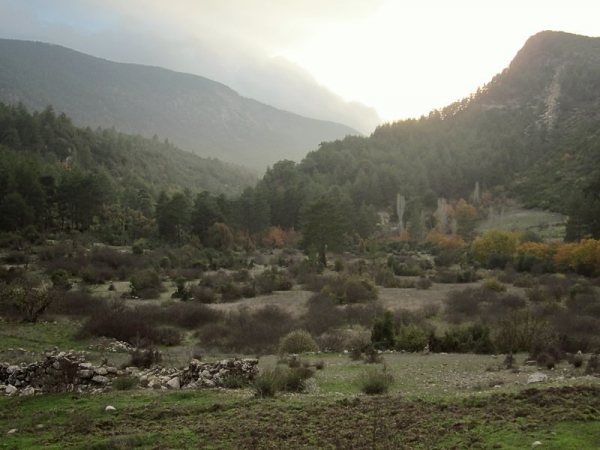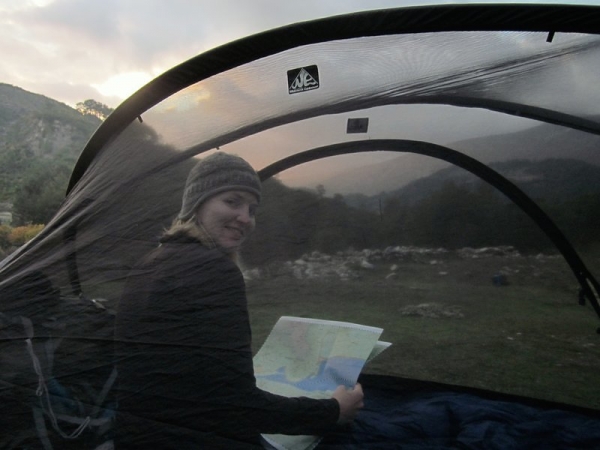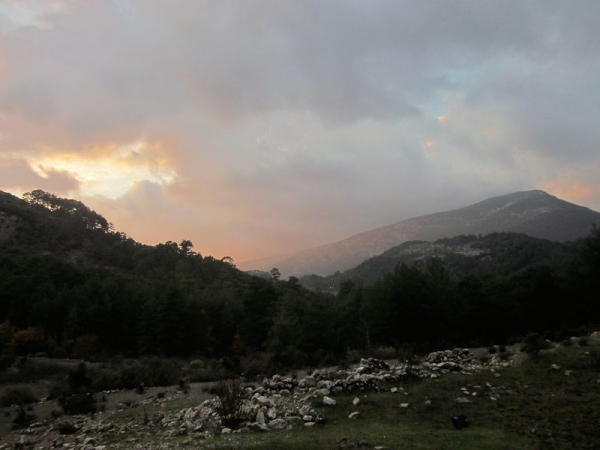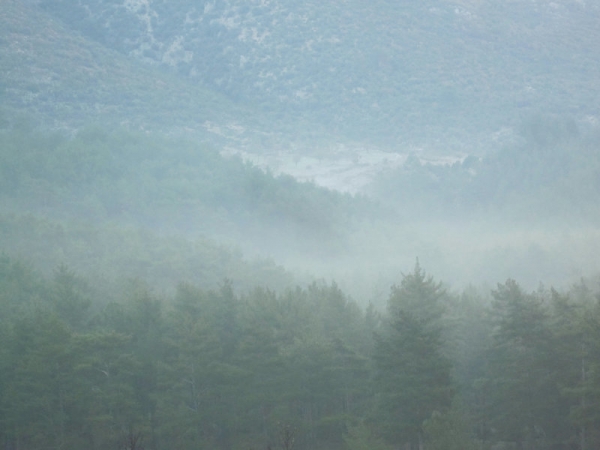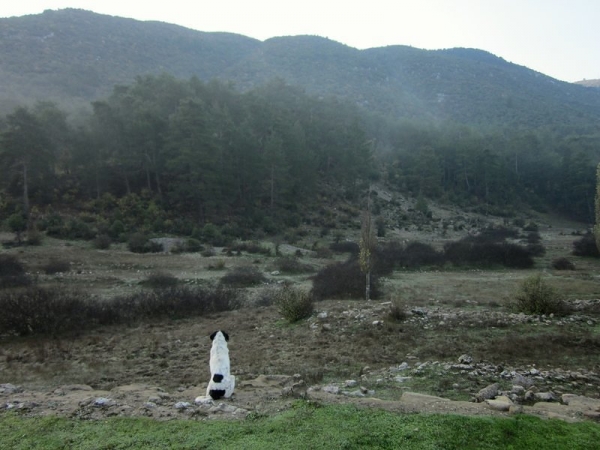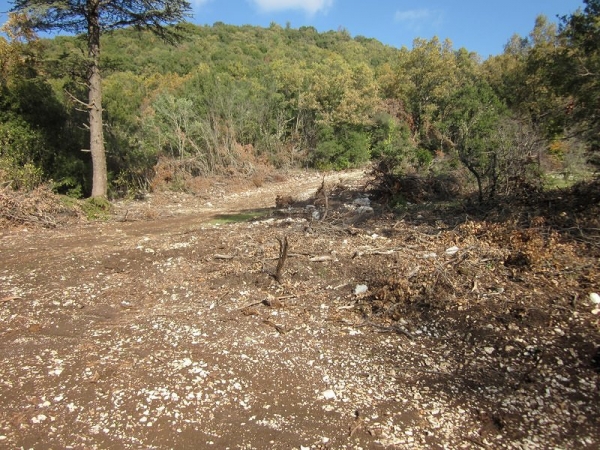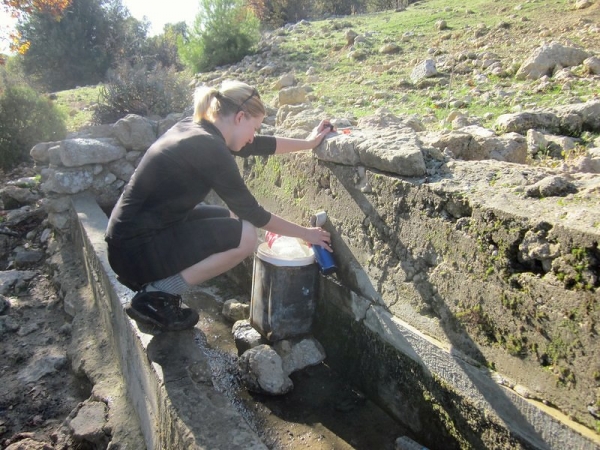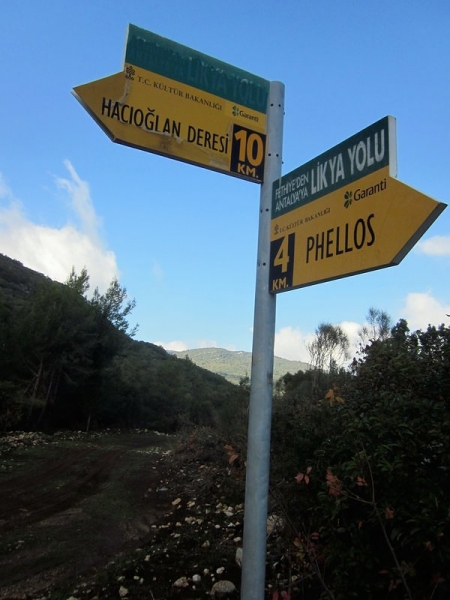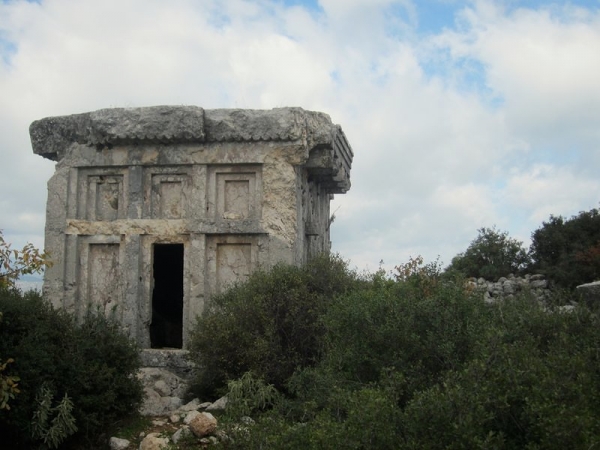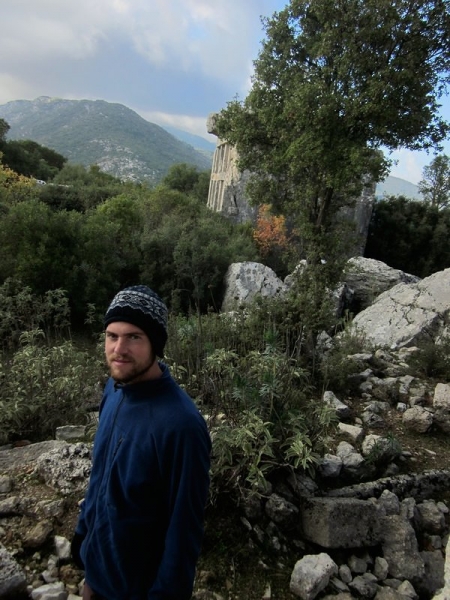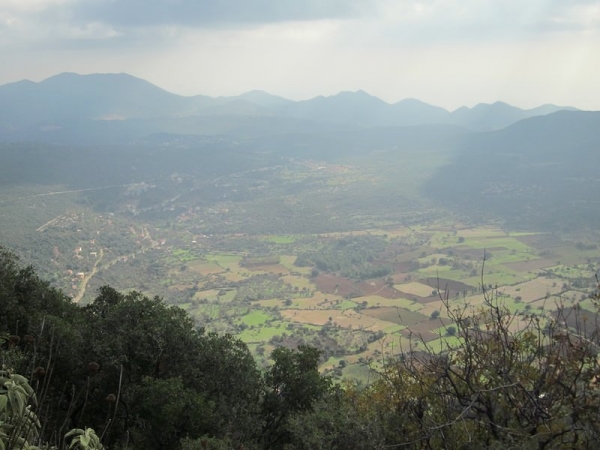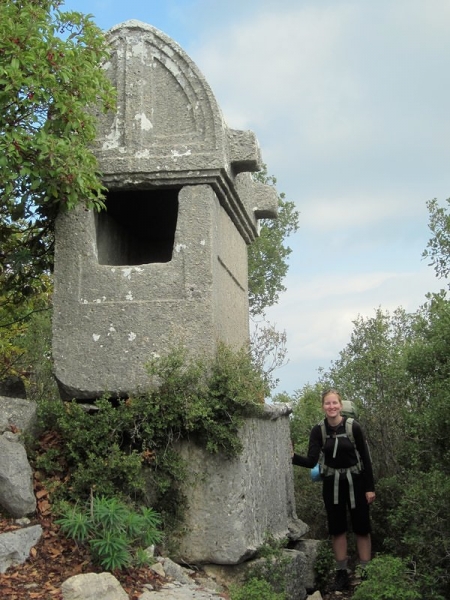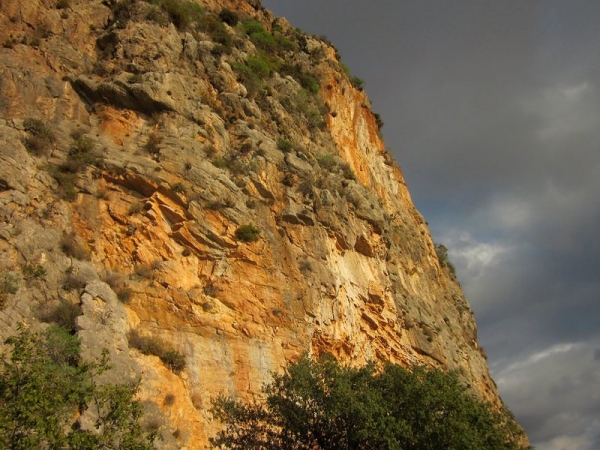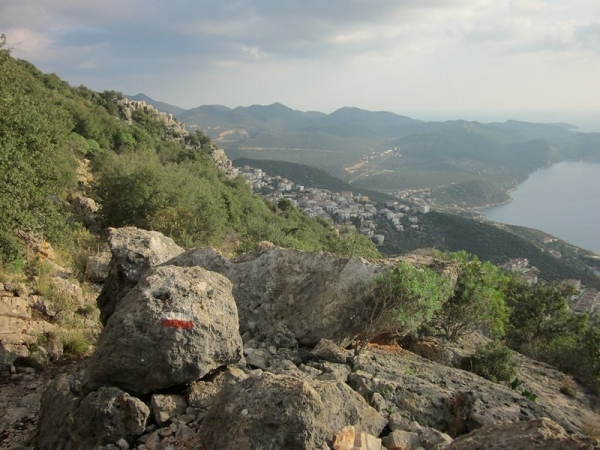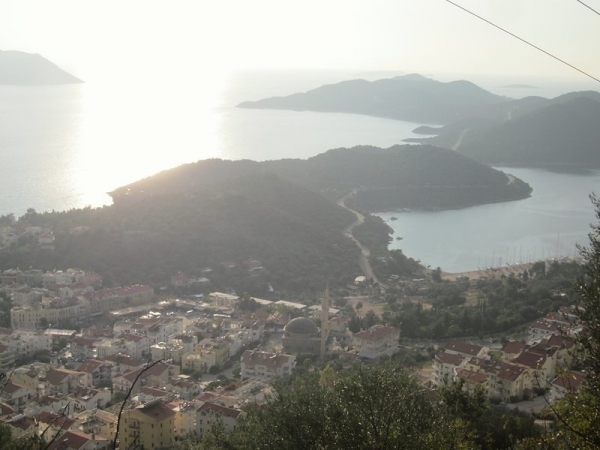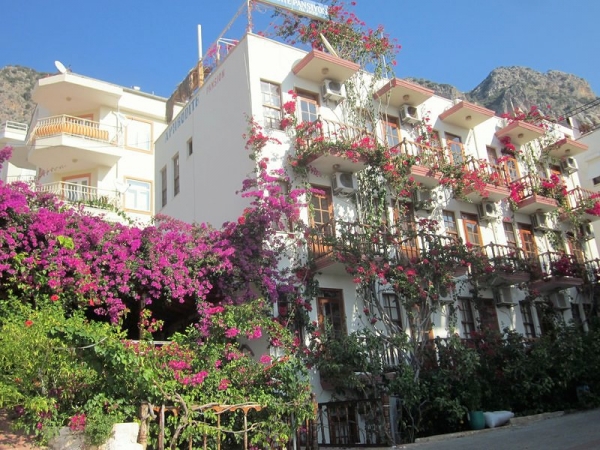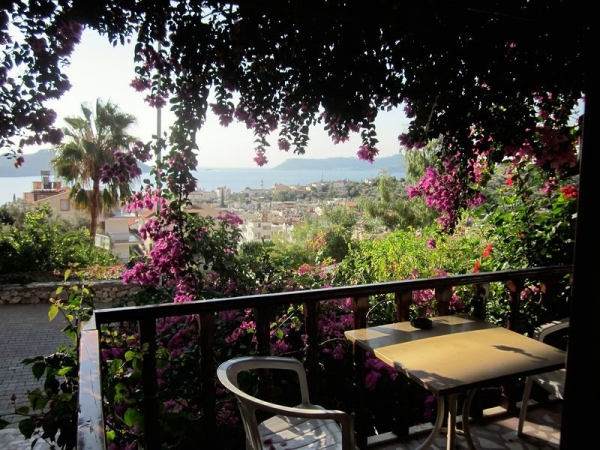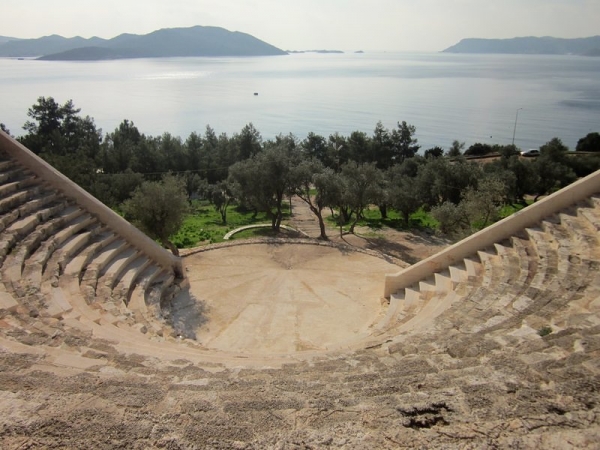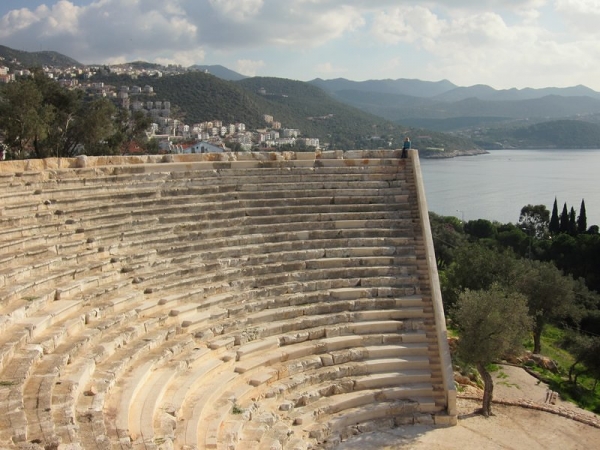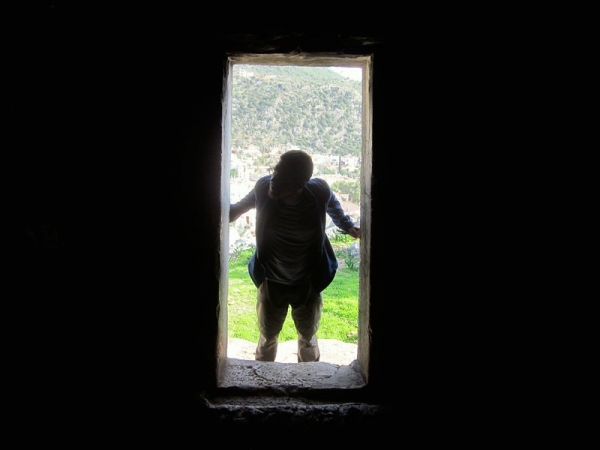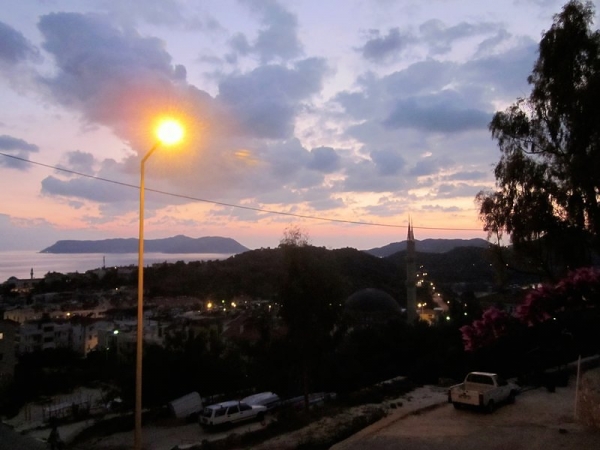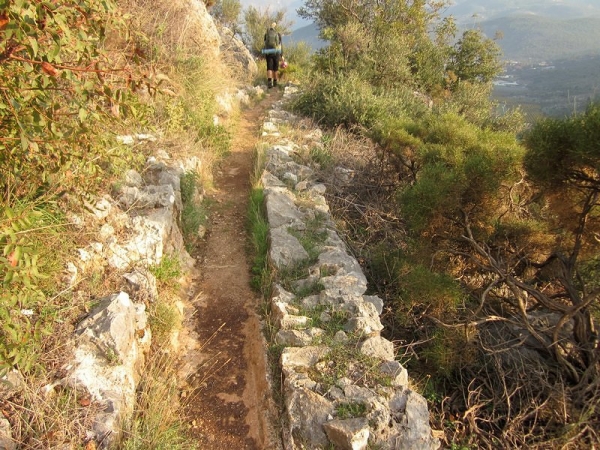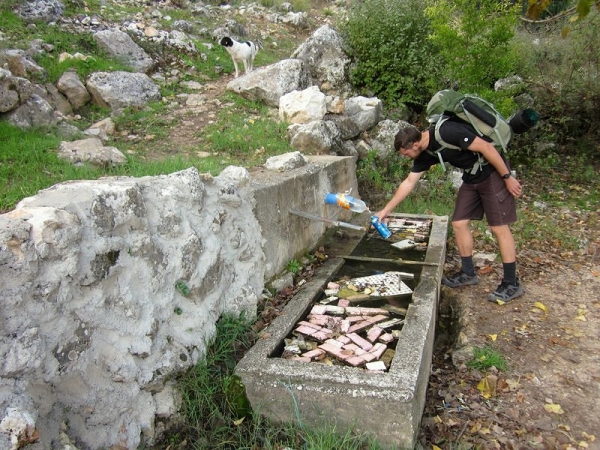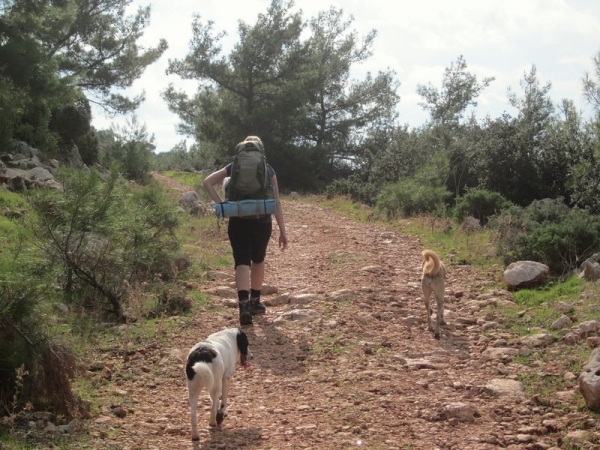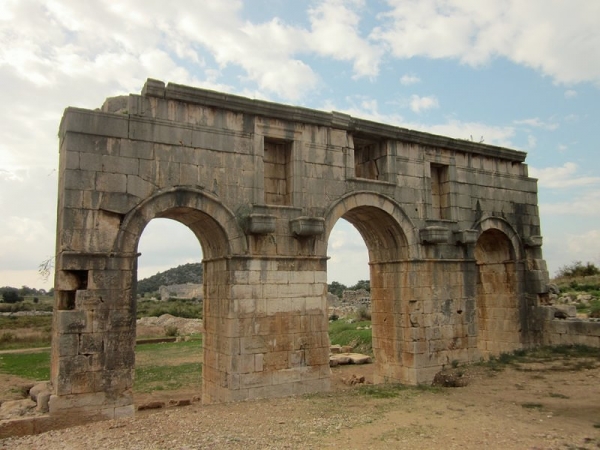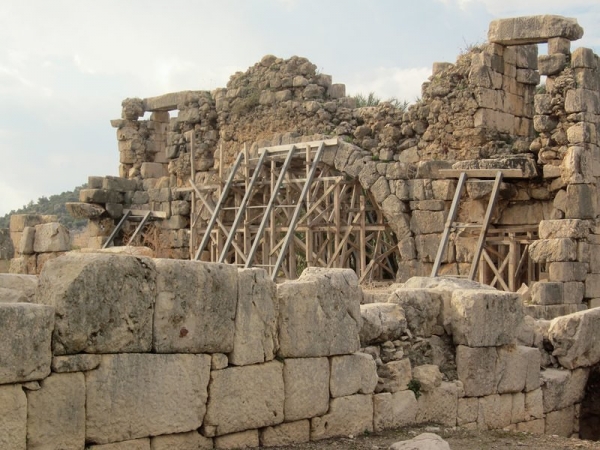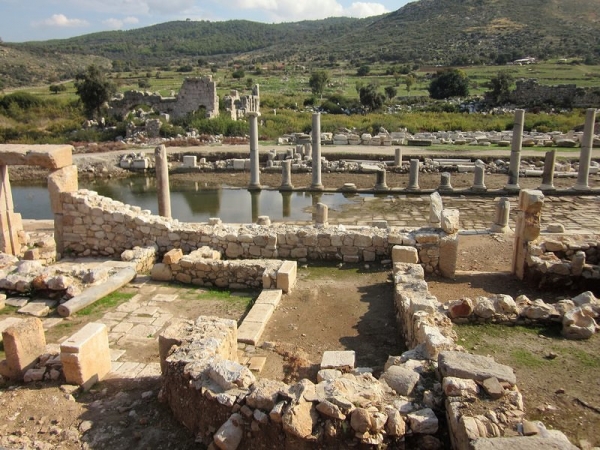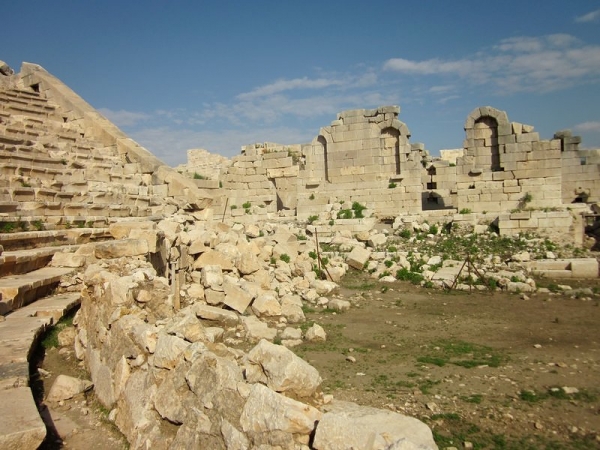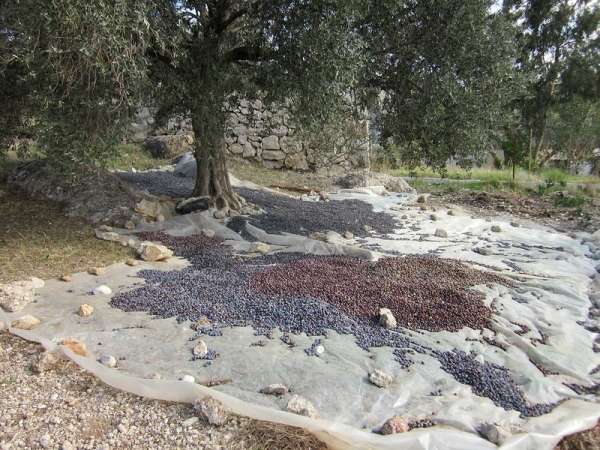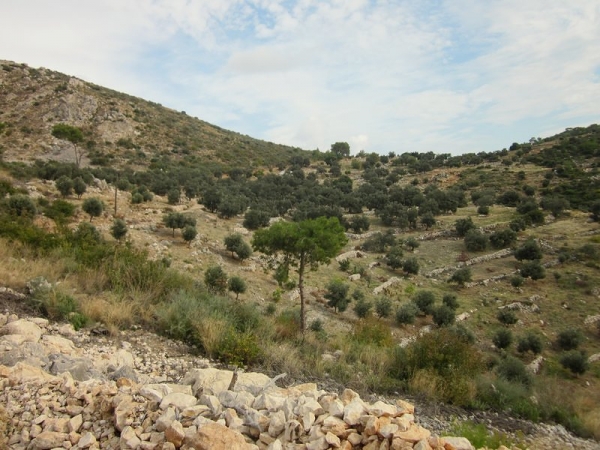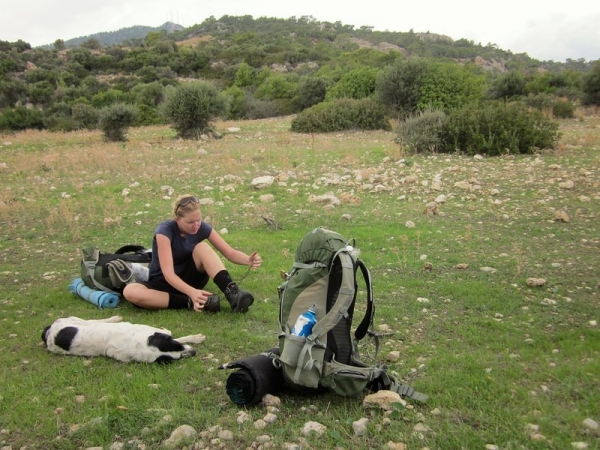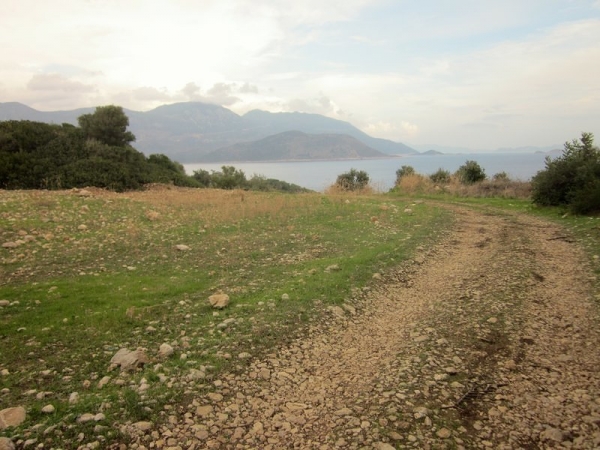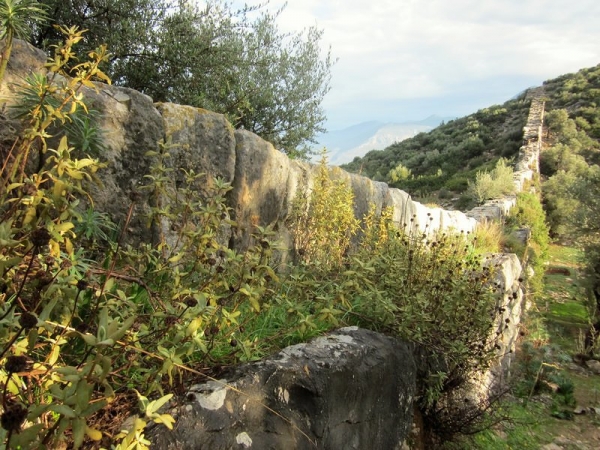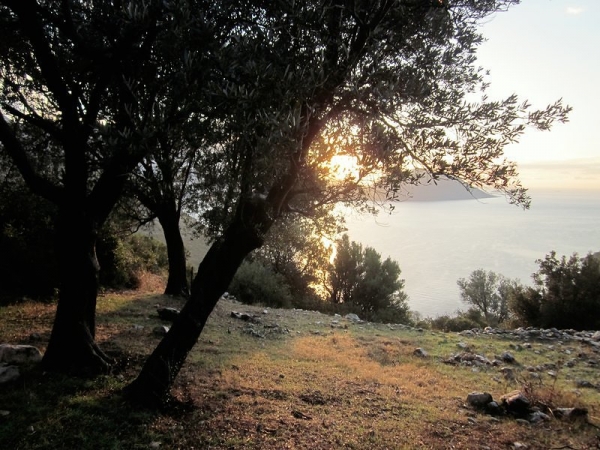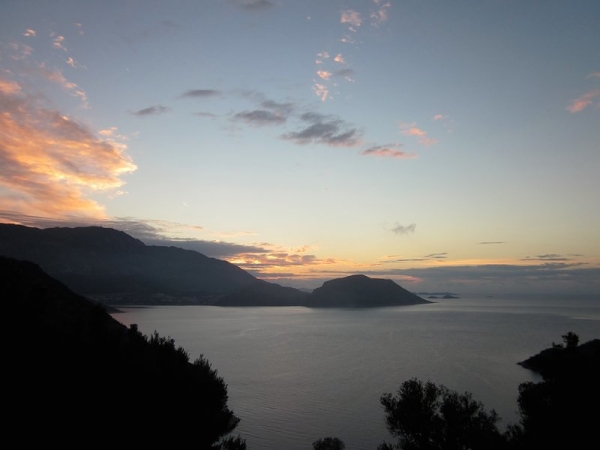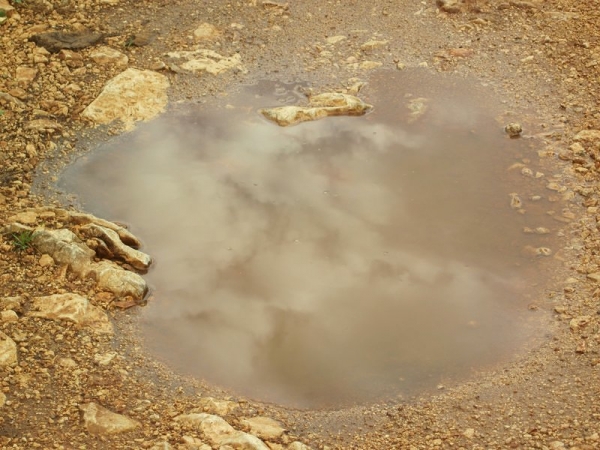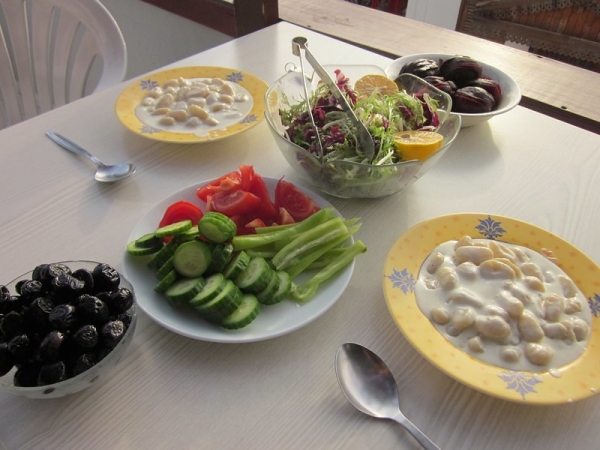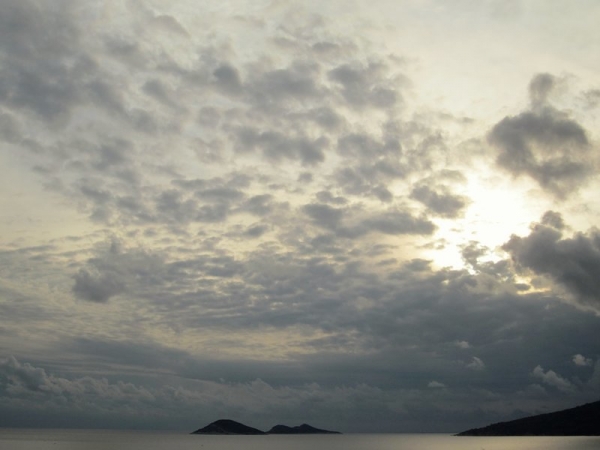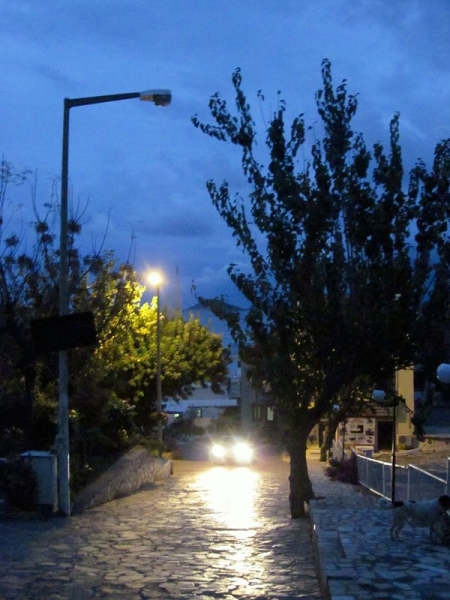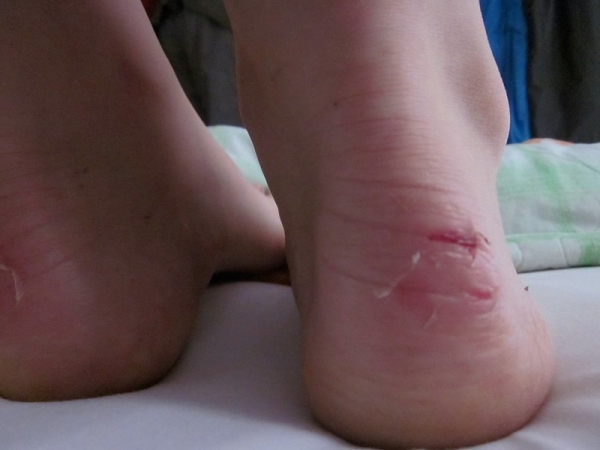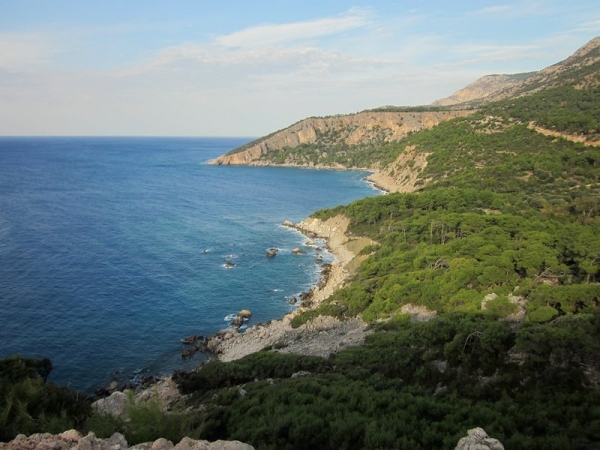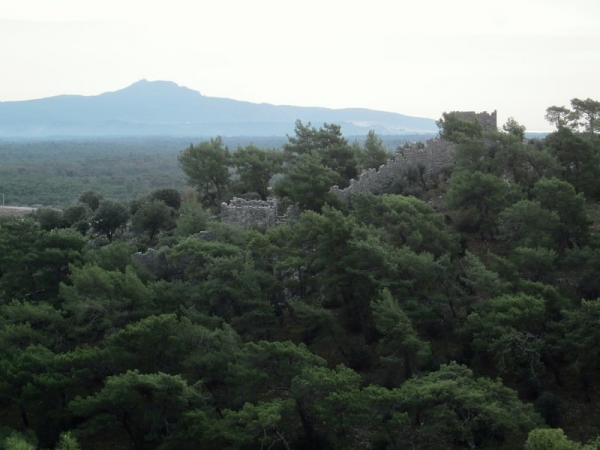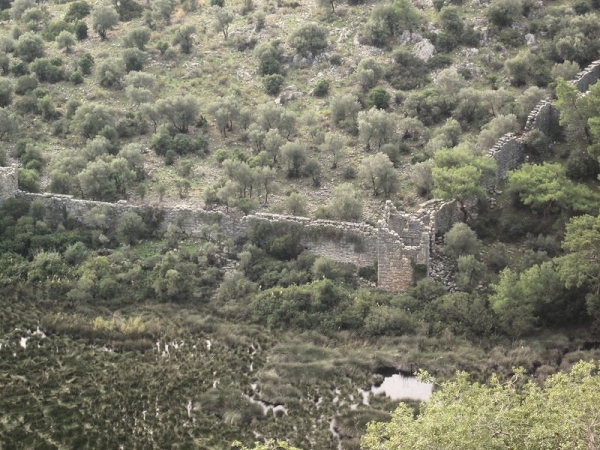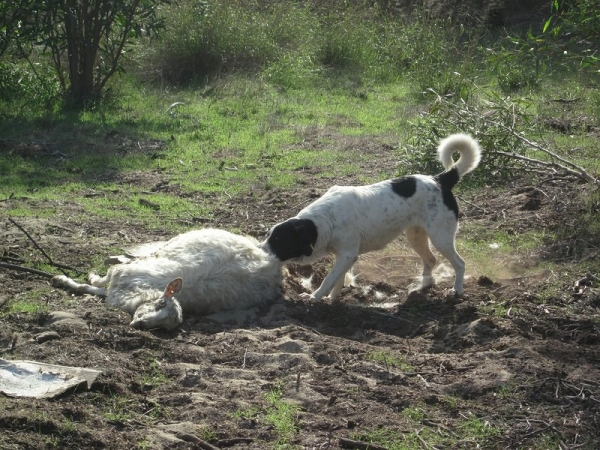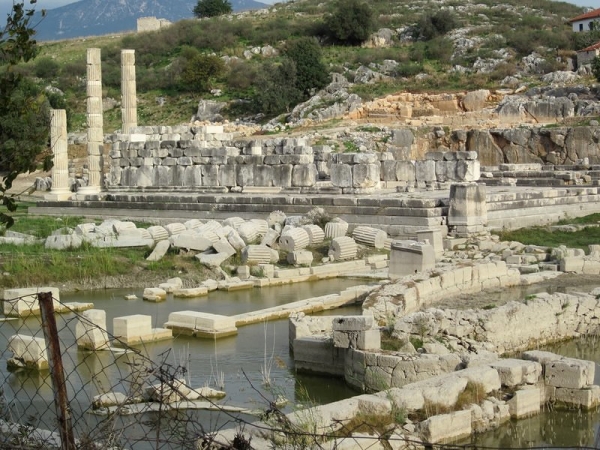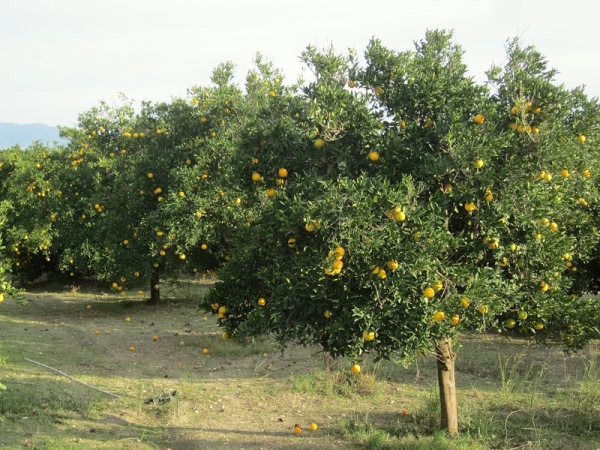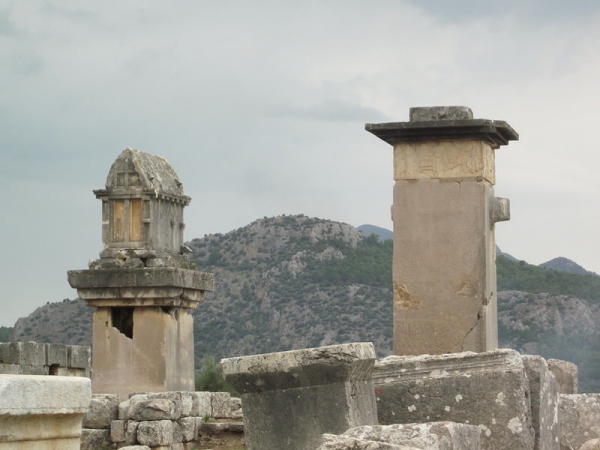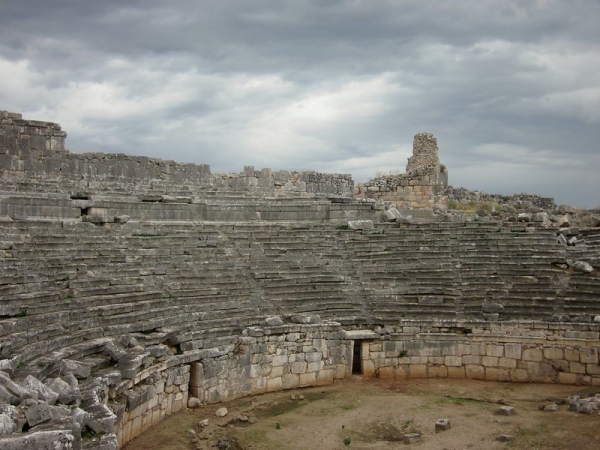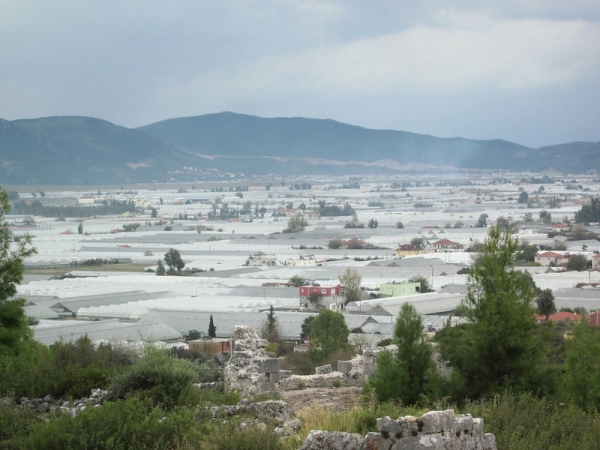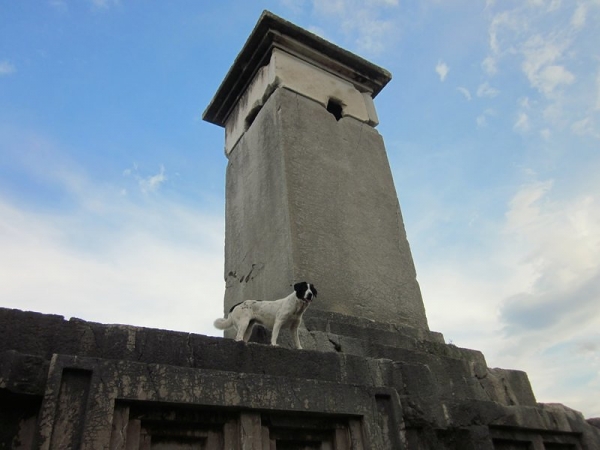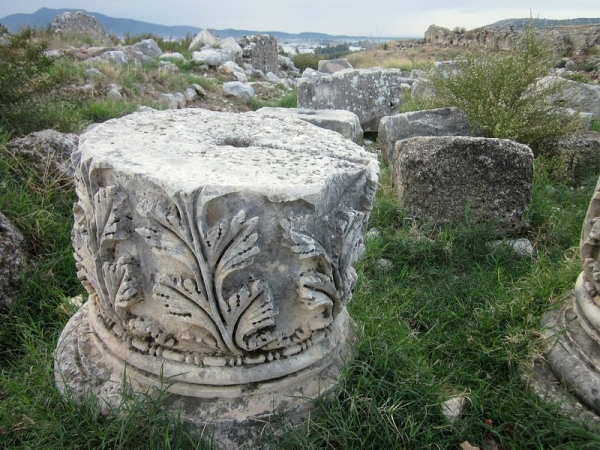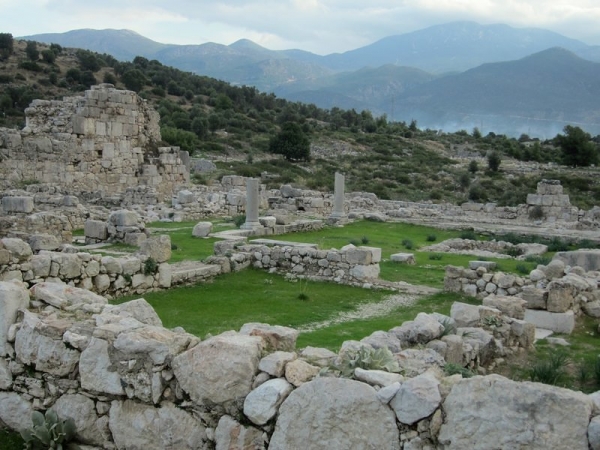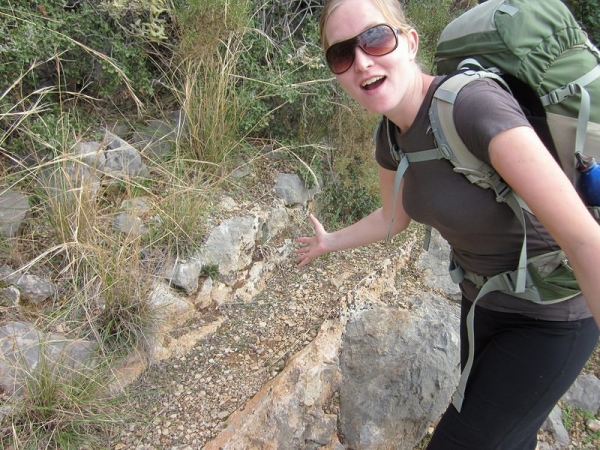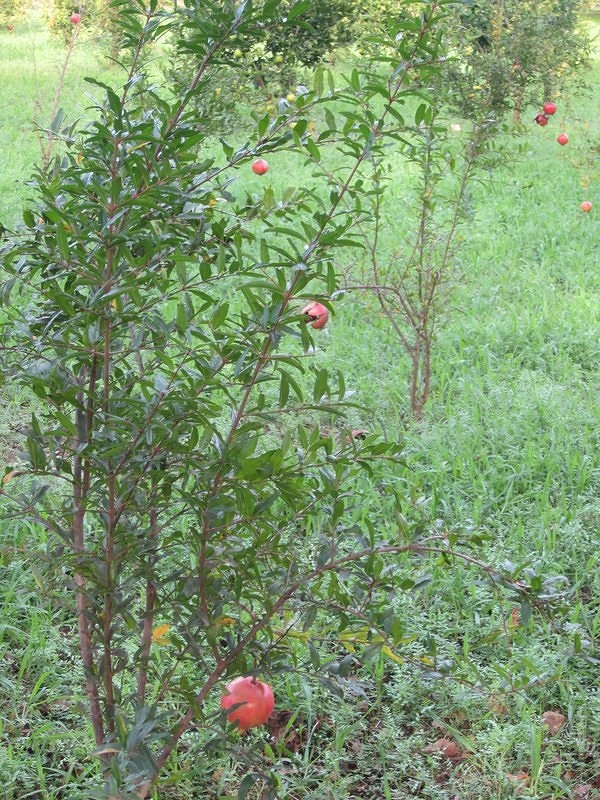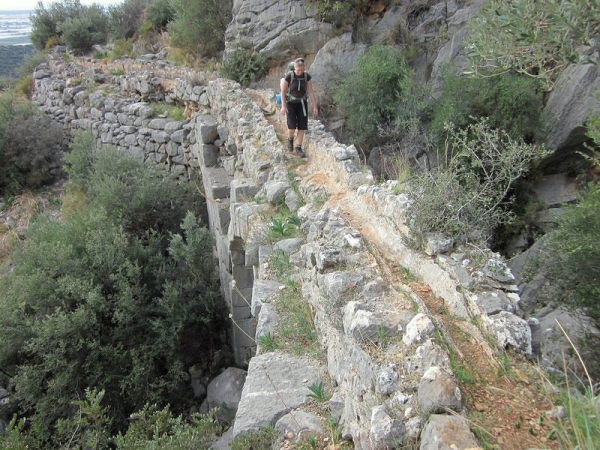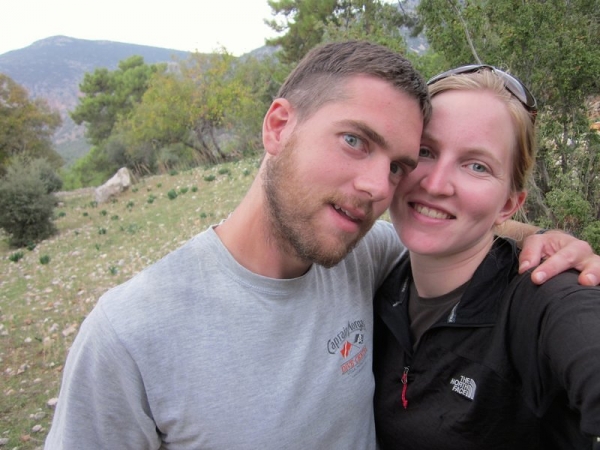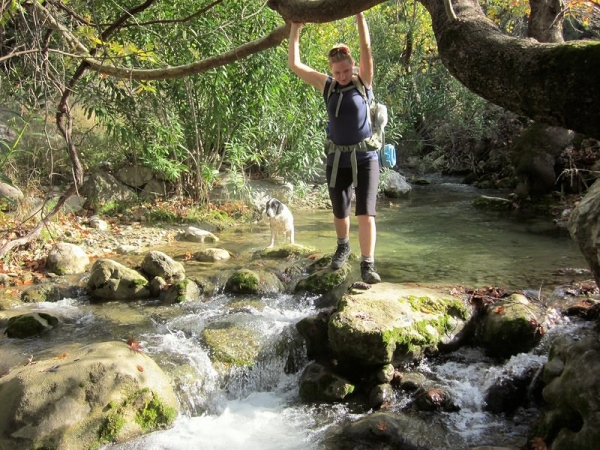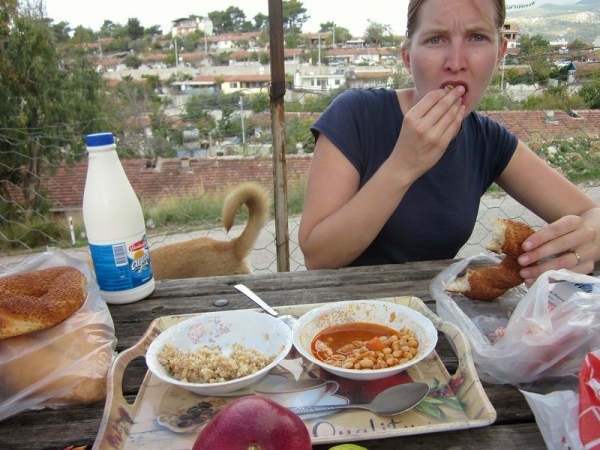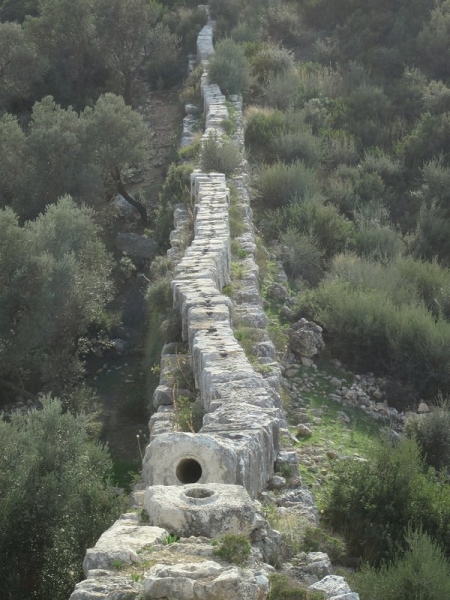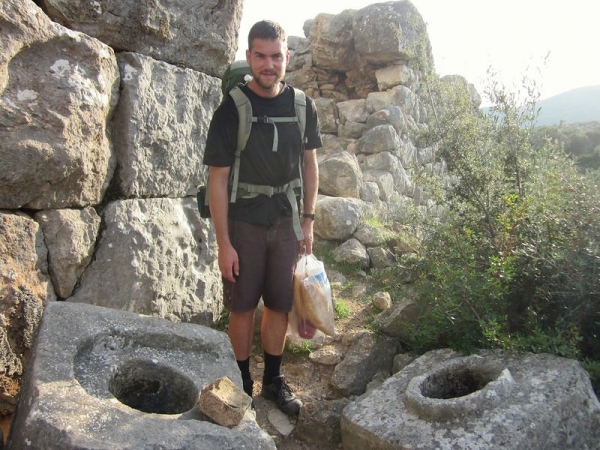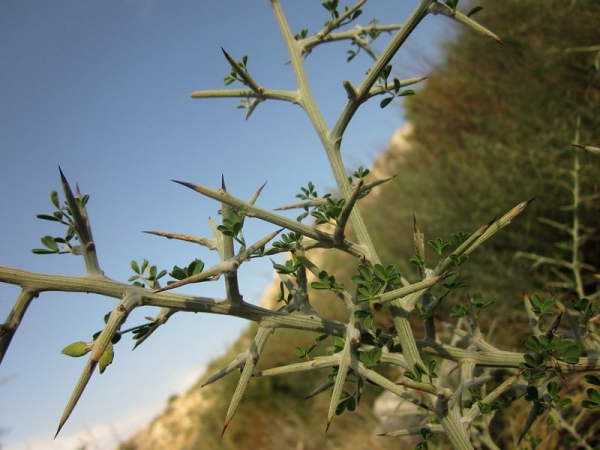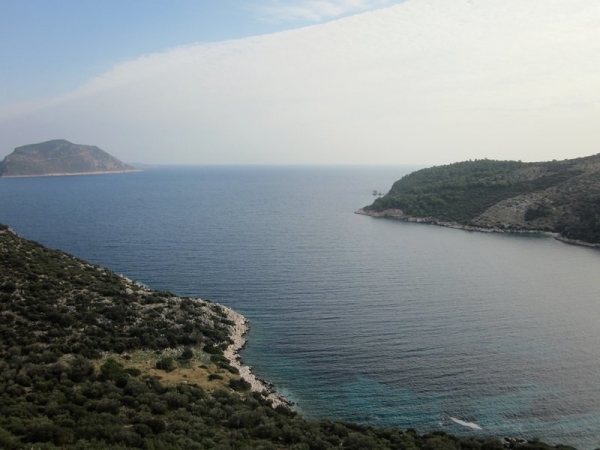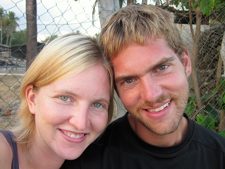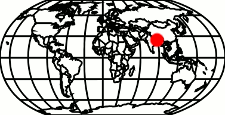Egypt has long been romanticized as a travel destination. Who didn’t grow up dreaming of seeing the Pyramids, sailing the Nile, or crossing the desert? Camels and souks, sand and hieroglyphics, tombs and the lush Nile banks… these are the images we associate with Egypt.
The Egypt we imagine…
It’s not until you start listening to actual travellers’ tales and doing a bit of research that you start to glimpse another side of Egypt. A dirtier, uglier, smellier side.
…the Egypt we get
In this newest instalment in our series of Egypt posts, we will attempt to give you our real experiences – the unromanticized, gritty, dirty reality that came our way. This post is going to focus on the lows – mostly because we want to get it all out there in one therapeutic, cleansing shot, saving you (and us) post after post of whining about the crappy parts of the experiences we had. For the highs, check out Mike’s Alexandria post and stay tuned for our upcoming Egypt posts.
Before we arrived, I really, REALLY wanted to like Egypt. Partly for all the bleary-eyed romantic reasons listed above, and partly because I had heard so much bad about it and wanted to prove the haters wrong. When we travel, we always aim to go slow and truly experience the country and its culture (rather than just check off a list of sights to see and move on). We had heard a lot of bad about Turkey too (usually from people who stick tightly to the tourist trail and thus the carpet/tea/spice vendors) and it turned out to be one of our favourite countries! I was sure that Egypt was just a little misunderstood.
The truth is this… I DID NOT like Egypt. In fact, I COULD NOT like Egypt. I couldn’t wait for my flight out and it took a few weeks on the beaches of Thailand before I was clear-headed and mellow enough to even attempt this post. Here’s why:
The Touts
The Egyptian touts are the most annoying and relentless I’ve ever encountered, bar none. This, I believe from talking with other travllers, is especially true post-revolution. There are currently 10-20 time LESS tourists than there were before Muburak was ousted. But there are the same number of touts. The result is an endless barrage of salesmen desperately pitching their wares (horses, carriages, feluccas, head scarves, postcards, and everything else you can think of).
Does a sunset Nile walk sound nice? Think again. We tried this a few times in Luxor and Aswan. As soon as we got anywhere near the river, there was a carriage driver or a felucca captain launching into their pitch. A polite “No, thank you” would do nothing to assuage their verbal assault. A “la shokran” (that’s Arabic for “no thank you”) was similarly ignored. Many a tout followed us up to three blocks down the street, despite our repeated and futile attempts at clearly and politely turning them away. When they finally left (usually with an attempt to get us to promise we’d come back to them later), there was another waiting in the wings. Sometimes there was one on each side of us, wearing down any remnants of kindness or patience we had left. Romantic, right? This happens EVERYWHERE, ALL THE TIME, EVERY DAY.
I had to field the felucca conversation so Mike could snap this shot of the Nile in Luxor
One of the most annoying and frustrating parts of dealing with these touts (besides sheer frequency) was their insistence on “having a conversation” with you. Time and time again, we were asked our names, where we were from (to which they always bizarrely replied with “Canada Dry! Never die!” or, even stranger – “Welcome to Alaska!”), where we were going, how long we’ve been here, and so on. Going through this entire introduction 50 times a day gets old. Really old. Of course, any attempt to have an actual conversation with a tout is twisted into the sales pitch, so forget that.
At the pyramids, the touts actually had me in tears. Mike and I blew off the recommendation that we needed to get a driver to take us there and opted for public transport (that was a hassle in itself, as I’ll describe later). Before we even entered the gates, we were practically plowed over by camel and horse drivers trying to get us on their animals for a tour around the pyramids. We, of course, declined. And declined. And declined. We couldn’t find two seconds of peace and they just wouldn’t let up.
Finally, we sat down on a relatively quiet side of a pyramid to try to hide from them and get some peace. We wanted to look around and be amazed. We were at the pyramids, for crying out loud – something I’ve always dreamed of!
No more than 30 seconds after we sat down, a young boy (maybe 14 years old) came up and tried to sell us some trinkets. We weren’t interested, but he wouldn’t go away. He put head scarves on us, forced scarab beads into my hands (2 for us and 2 for our future kids), and continued to pester us. He actually went so far as to stick his hand into Mike’s pocket to confirm that he wasn’t carrying any money (in an attempt to rid ourselves of him, Mike told him he couldn’t buy anything because he had no money… which was true, since I was carrying it). I was so angry and frustrated at this point, tears welled up in my eyes and the kid made a hasty retreat. Not that it bought us any peace from all the others waiting to swoop in for the
We are smiling to keep from crying…
In Luxor, Mike wanted to price out some hibiscus tea that he enjoyed. We stopped at a spice and tea vendor, and had to smell and taste nearly every spice he had before we got him focused on the tea we were actually interested in. Mike repeatedly asked for the price, but the vendor wouldn’t be straight with us. He invited us to sit down and have tea, which we did (against my wishes, but so be it). He packaged up some tea, weighed it out and finally spit out an absolutely ridiculous price of 200 pounds for 100 grams. We had no idea what it should cost, but we knew this was waaaayyyy too much. We reminded him we were just pricing things out and had no intentions of buying anything that night (which we had told him a couple times already, as we weren’t even carrying money) and wished him a good night. He blocked our way from leaving, and after many attempts by us to go, he eventually came down to the still crazy price of 20 pounds for 100 grams. We again declined, and physically had to push past him to exit his stall.
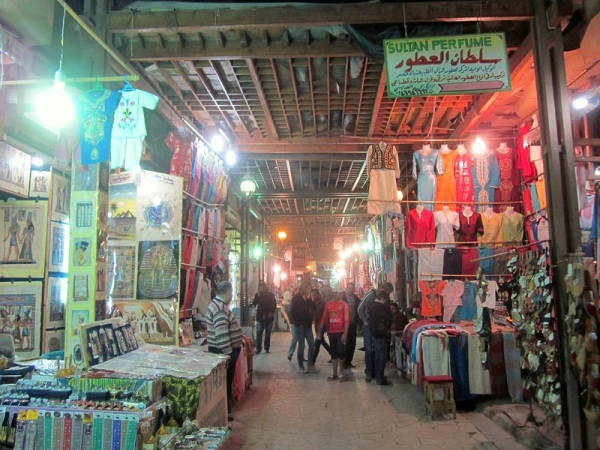
Luxor tourist market… we almost didn’t escape!
I’m not sure that I’ve explained this well enough for you to get the full picture, so let’s try a little exercise. Close your eyes. Picture the most annoying salesman/tout/vendor/beggar/tuk-tuk driver you’ve ever encountered on your travels. Now picture hundreds of them… an endless line of them, if you will. Imagine yourself walking past that line day after day after day. That’s kind of what it’s like in Egypt.
The Hustlers
In Cairo, there were no carriage drivers or felucca captains to worry about. Touts were easily avoided by avoiding the tourist souks. There were, however, hustlers. We had been warned by our hotel management to avoid anyone that came up and asked where we were from. Invariably, they would have an uncle/aunt/cousin/pet hamster that lives there too. Then they would introduce themselves as a teacher or professor (someone to be universally trusted, you know). After establishing that they were familiar with your homeland and were upstanding citizens, the hustlers would try a gimmick to get you to follow them to a shop that sells perfume, papyrus, or some other item of useless tourist crap.
Despite the warnings, we were hustled again and again. We were led into the shops of the guy at the breakfast bean cart that just wanted to give us directions to the museum, the guy in the market who needed someone to write a postcard in English to his sister in Canada who just had a baby (why doesn’t his sister know Arab?), the guy smoking sheesha at a coffee shop that just wanted to show foreigners the kinder side of Egyptians (and get a token from Canada – “Can I have your watch?”), and the guy who “knew” where the bus station was and would be happy to guide us there (it looked an awful lot like a taxi stand, if you ask me). Time and time again, I would turn to Mike and say “We’re getting hustled” and time and time again he would say “I know…” but was too polite to stop the guy before we were at the shop and had been forced to look at oodles of the crap they had for sale.
The Scammers
Let’s assume, for a moment, that I actually had a desire to go on a one-hour horse and carriage ride around Aswan or Luxor. The price is right (it started at 200 pounds, but always came down to 15-20) so I hop in the carriage. By all accounts, the driver will then take me more or less directly to a special “only open on Tuesdays/Wednesdays/(insert the current day here)” market where their friend has a shop and together they will attempt to pressure me into a sale. Nice tour.
When it came time for our flights out of Cairo, we were more than happy to escape it all. But even at the airport we had to watch out for scammers. As we attempted to enter the international terminal (which requires going through security/x-ray screening) a man tried to scam us into paying him to let us in. He wanted us to hand over our passports and boarding passes and pay him a fee. He had no uniform or name tag. We flatly refused, walked to the next entrance and found a security guard (who, to make life more interesting, also had no uniform or name tag) to let us in. After checking in, we went to find our gate to wait for the flight. Security is set up for each individual gate and it wouldn’t open until 45 minutes before the flight. Again, a man swooped right in to try to get us to bribe him to let us into the gate early.
The Relentlessness of It All – There’s (Almost) NO Escape!
As I already mentioned, the touts, hustlers, and scammers are lined up a dozen deep at all given times when you’re in the tourist areas. So the solution should be simple, right? Get out of the tourist areas. Easier said than done… In Luxor, fed up with the felucca captains and carriage drivers, we decided to turn right out of our hotel instead of left. This would take us into the residential areas instead of the temple or Nile areas. We had gone no more than a block before a group of kids wielding machetes blocked the street and told us that the road was closed to us and we couldn’t pass. Their mothers sat looking on. So much for escaping the tourist parts.
Even simple daily actions, like buying a bottle of water or a sandwich from a shop wears you out. We were in Egypt long enough to know the prices. In fact, grocery shop prices are set by the government to help combat inflation. A 1.5 L bottle of water should cost 3 pounds or $0.50. But often we would bring one up to the till and get charged more than that. A little negotiation, and we could almost always get it down to the actual price. But it’s exhausting to do this with every drink, sandwich, bag of dates, etc.
There are but a few means of escape… go camp out in the middle of the desert, sail down the Nile, or get lucky and find the untouristy streets of a city (we did successfully manage this when we walked to Old Cairo).
Ahhh, at last… peace and quiet! You won’t find any touts out here.
The Misinformation
All we wanted to do was get from our hotel (near Tahrir Square) to the Pyramids. That’s it. EVERYONE who visits Cairo visits the pyramids, so it should be easy to figure out how, right? Everyone we asked told us something different. First, we were told to take the tourist bus that leaves from across the museum every 15 minutes. When we couldn’t find it, we asked around. Several different people told us to take several different buses from a bus station that was apparently several different directions from where we were standing. We couldn’t get a straight answer to save our lives. OK, we could… but it took about an hour. And we got off the bus, a guy managed to hustle us to the camel vendors instead of the pyramid entrance.
Wait… this isn’t the pyramids!
Rather than go through the hassle of returning via bus, we opted for the metro. But even then, we were directed away from metro stations, told to get on the wrong minibus (the metro station isn’t really within walking distance from the pyramids), and were charged too much for the ride.
You Won’t Ever Get What You Pay For (or Any Proof That You Paid For It)
We booked exactly four tours in Egypt (a lot for us) and we never once got what was promised.
The White Desert Tour
The first tour, to the White Desert, was the most expensive. We handed over our hard-earned cash to our hotel manager and got an “OK” in return – no receipt, no tickets… just a promise that we would get what we were, well, promised. This is more than a little unnerving, let me tell you. Especially when you get up the next morning and are handed a bus ticket to the oasis with no proof of which tour you’ve paid upfront for.
Things mostly worked out in this regard, though there were additional desert entrance fees that we charged on top of the all-inclusive price and we had to fork over extra for water that was promised to be included. Not a big deal.
We had booked a 4-day, 3-night desert tour complete with camels. We were supposed to be with the camels the first afternoon, and both full days after that. When we arrived at the Bedouin camel camp with our guide, we were told that our camel guide was not there. And he wouldn’t be arriving until late that night or early the next morning. So no camels that night (our consolation prize was some over-sugared Bedouin tea).
As for the 4 days, 3 nights promise? The first day is spent largely getting from Cairo to the oasis, then driving by jeep to the camel camp. The final day involved hopping in the jeep at 8 am in order to get back to the oasis to catch your bus back to Cairo (with a couple quick stops at the promised springs). So that’s more like 2 days, 3 nights. With three hour lunch breaks.
The final day of the tour was supposed to include hot and cold springs. I pictured pretty springs in an oasis where we could soak away the camel pains from our desert trek. Boy, was I wrong. Instead, we got this…
… complete with random Egyptian guy passed out next to the trough, sleeping off something. Scenic.
The Full-Day Abu Simbel Tour
Our next foray into booking a tour came in Aswan. Abu Simbel was a must-see and really the only way to get there is through a tour (the buses and vans form a convey in the wee hours of the morning and travel down the highway together. There is no public transportation). We booked a full-day tour that was to include all transportation, 2 hours at Abu Simbel, 1 hour at the High Dam, 1 hour at Philae Temple, and 1 hour at the unfinished obelisk. Entrance fees were extra and we were given a ballpark idea of what they might be (which was about half of what they actually were… why lie about things that aren’t included anyways?).
The day started fine… Abu Simbel was incredible and we were given the promised two hours (which was actually just about right for once). Then things went downhill. When we arrived at the High Dam, we were told it would take about 10 minutes to see it. We weren’t willing to pay 30 pounds ($5 CAD) each for 10 minutes at a dam, so we sat at the ticket booth while the rest of the van saw it. They all came back disappointed – they literally just drove to viewpoint overlooking the dam. Later, we drove over the same dam. For free.
Next was Philae Temple. The temple is on an island and when you go to buy a ticket, there are signs clearly stating that the cost of the boat is not included in the ticket price. We were debating whether the temple would be worth its fee, so we asked the ticket vendor how much a boat would cost. He told us he had no idea. Yeah right.
We decided to try our luck, bought our tickets, and went through the gate to try to haggle a fair price for the boat. The captains were charging ridiculous prices (surprise, surprise)… but we finally got one down to 10 pounds/person for our group of 8 people. The haggling and boat ride had already knocked 30 minutes off the hour our driver gave us, so we made a group decision that we would stay on the island for an hour before returning to our driver.
Swimming would probably be easier than haggling with the boat captains
The final stop was the unfinished obelisk. When we pulled up, the driver told us we had 10 minutes. We spoke up (because we actually wanted to see this one) and explained that we were promised an hour. He told us it was closing in 10 minutes, so there was nothing he could do. This was obviously an outright lie, since it was about 3:10 when we pulled up and most places don’t close at 3:20, even in Egypt. The hike up to the obelisk looked to take almost 10 minutes, so everyone in the van opted out.
As we drove away, the driver said that we each owed him 5 pounds. Outraged, we asked why. He said it was for his tip. Ha! Again, everyone in the van declined. So he pulled over and told us all to get out. Luckily, we were only about 4 blocks from our hotel…though Mike and I were the only ones in the van that knew where we were when we got out.
The Aswan to Luxor (If I Can Even Call It That) Felucca Cruise
Next up in the list of fabulous tours was our felucca cruise down the Nile. We purposely timed it so we would spend New Year’s Eve on the boat and were looking forward to socializing with some new friends during the voyage. Our camel trip had been a private tour, so we were happy to do a group one here. We were promised a 3 day, 2 night cruise from Aswan to Luxor. We wouldn’t actually make it all the way to Luxor in that time, so the third day involved a bus that would pick us up, take us to Kom Ombo and Edfu temples while our stuff was locked up safely on the aforementioned bus, and then we would be dropped of at our hotel in Luxor.
To begin with, they were an hour late picking us up at our hotel. They walked us to the felucca, sat us down and told us to wait for the others. After almost an hour of waiting, our captain showed up (smoking what I can only describe as the biggest joint I have ever seen) and told us all the “others” had cancelled so it would just be me and Mike. OK, we’ll roll with it.
After all the delays, the first day of sailing was really only a few hours. That night, our captain Ahmed and his first mate Kushka (who spoke maybe 20 words of English between them and made no attempt to interact with us) had their own private New Year’s Eve’s Eve (as in the night before New Year’s Eve) party in their bunk as we fell asleep under the stars on the deck.
It must have been quite the bash (did I mention they got totally baked?), because they slept in until 11:30 the next morning. Finally, they came to and attended to our breakfast (we had been up since sunrise and I was ready to gnaw my arm off at this point). They were even quieter today as they tried to recover from last night’s bender.
Mike, contemplating whether or not he could sail the felucca
The next morning, they were up bright and early and we were met by another Egyptian man on shore. He was obviously brought in to translate and give us instructions. He told us there was a tuk-tuk driver ready to take us to the train station. I asked if our bus would be at the train station, since it was supposed to be included. The guys all argued with each other in Arabic and he explained that no, we would have to pay for a tuk-tuk to take us to the station so we could buy our own tickets to Luxor. We explained again what we paid for and had him call our hotel in Aswan (where we had booked the tour through).
Apparently, since we got a “private” tour, there would be no bus. They had already “lost” money on the trip and wouldn’t fork over anymore cash. After a lot of debate, and a few more phone calls to the hotel, we got them to agree that we wouldn’t have to pay for the tuk-tuk. It would take us to Kom Ombo temple and wait for us for an hour,and then to the train station where we would have to purchase our own ticket. We couldn’t get anything more, so we took it.
As we started down the highway with our bags crowded in among us, I realized that we couldn’t trust the kid driving the tuk-tuk to watch our things (and no tip we gave him would be worth as much as our laptops) and we really didn’t want to lug any of our stuff through a temple. Through sign language, we got him to understand that he should skip the temple and take us straight to the train station. Happy New Year!
Valley of the Kings Tour
Our final tour was to the Valley of the Kings in Luxor. We weren’t actually going to book this one (we were going to rent bicycles and do it ourselves), but our Luxor hotel manager managed to help us sort out the Felucca problems with a well-placed threat about going to the tourist police – and then he negotiated a deal where our Aswan hotel would pay our Luxor hotel for a Valley of the Kings tour for us (just the tour fees, not the entrance fees… and of course the Luxor manager was getting something out of the deal).
I have to say, the tour delivered exactly what was promised (plus a little mandatory shopping stop at an alabaster store) – though it started a little rough.
We were supposed to go on the tour on Wednesday, but the hotel in Aswan hadn’t sent the money to the Luxor hotel by Tuesday night – so, we were told they would postpone it a day. This was no problem for us, as we had budgeted plenty of time in Luxor.
We stayed up late Tuesday night and were blissfully sleeping in on Wednesday, when there was a knock at our door at 7 am. Somewhere in my sleepy state, the man at the door managed to make me understand that things had changed again and the tour would be that day. We quickly threw on some clothes, grabbed our breakfast to go, and climbed into the tour van with the rest of the people (who were none too happy at our unintended tardiness).
Lack of Official Infrastructure
With all the misinformation, it was hard to know who to trust and what was legit. The lack of infrastructure didn’t help things here. Nowhere is this more apparent than at the Pyramids of Giza themselves.
When we finally arrived at the pyramids, we were told to buy a ticket at the ticket counter. The “ticket counter” was a grey concrete building. There were no signs. Nothing to say it was associated with the pyramids. Nothing to say they were selling tickets. No indication of how much the tickets cost. No one wearing a uniform or name tag in sight. We approached it with doubt, but the lady behind the counter had what looked like official tickets with a price printed on them, so we paid it and left.
The second we walked through the gate with our tickets, we were approached by an “official watchman” of the pyramids. He flashed a plastic card with his picture printed over an image of the pyramids and some Arabic on it. Then he asked us for our tickets (we wouldn’t hand them over). Unphased, he started leading us around. We clearly stated that we didn’t want a guide and if he wanted to show us around that was fine, but we wouldn’t be paying him anything for his services. He said that was fine, he was just happy to give us the tour.
He led us around for a while, forcing us (ok, he didn’t have a gun to our heads, but he was rather insistent) on taking a dozen cheesy tourist shots of us holding up the sphinx’s head with our fist and kissing it and so on…
While we had a lot of fun taking
cheesy shots like this in Paris with the Eiffel Tower, for some reason (hmmm… wonder what that could be?), I just wasn’t feeling it this day…
He continued to rush ahead to the next thing and the next thing, and we had had enough. We thanked him for his time, but told him honestly that we would prefer to see things at our own pace with no one rushing us forward. He then asked for a tip. When we told him no and reminded him that we had already told him we didn’t want his services, he tried laying a huge guilt trip on us (“but if you don’t give me anything you’ll ruin my luck and my family’s luck for the rest of the year!”). We eventually escaped him.
Note: This happens all the time at the temples. Supposed “officials” will offer their services (and by “offer,” I mean start providing them without even asking) and then expect a tip. Whether it’s a tour guide leading you around a site, someone inside ready to explain the carvings to you, or someone with the keys to all the off-limit – closed-for-renovation areas – there’s always someone there that wants your money. This is why the very first words we learned in Arabic were “la baksheesh” or “no tips”.
Next, we thought we would go inside a pyramid. We went up to the “entrance” of the tunnel (again, no sign to indicate that is what is was). There were several men (mostly touts) sitting around. No uniforms of course. One of the touts that had just tried to sell us a camel ride tried to sell us tickets to enter the interior of the pyramid. He had to ask around to the others to produce these tickets. This seemed sketchy, so we politely declined. Another man explained to us that there were no cameras allowed inside, so we would have to leave them outside with him. “Don’t worry,” he said, “It’s safe.” Ha! Yeah right! This sealed the deal for us and we skipped the inside tunnels.
The infrastructure, or lack thereof, at the pyramids was the story again and again throughout Egypt. “Official” anything was hard to find – policemen and security guards didn’t wear uniforms or name tags. There were many security control stations, but everyone was just waved past the x-ray machines or, if we did put our things through them, no one looked to see. “Metal detectors” at entrances seemed to be no more than glorified traffic counters with the words “metal detector” printed on them to aid in the deceit. Receipts for tours were non-existent.
“Security” at Karnak Temple in Luxor
Even something that should be straight-forward, like purchasing a train ticket, was difficult. We wanted to take the night train from Cairo to Aswan. Sleeper beds cost about $60 USD, first class seats are about $30 USD, and second class seats (for the locals) are about $12 USD. There was no way we were paying $120 for the two of us, so we tried to get ourselves the cheapest tickets.
We started at the sleeper train ticket counter in the Cairo train station, and were told to go to the regular ticket counter if we didn’t want beds. At that ticket counter, we were told to go to the sleeper train counter. When we insisted we wanted seats, we were told the train was full. What about the next day? Full. The next? Full. The next? Full. And so on. Finally, the man at the next counter over realized that we weren’t going anywhere without tickets. He came over, talked to the guy we were dealing with, and we finally got tickets (non-sleeper) for a train leaving in three nights. The price we were charged still didn’t match the price on the ticket, and when we questioned it we were told there were additional “taxes” we had to pay.
Sexual Harassment
Everywhere I went, I was subject to lewd comments, cat calls, and stares from Egyptian men. I heard a lot of “Hey baby”s and “Shakira!”s. (This was bizarre… I freely acknowledge that I don’t look anything like Shakira. Maybe all it takes in Egypt is blonde hair?). And this was all with Mike by my side. If he walked more than five feet away from me, it got worse. After one day in Egypt, he declared that I wasn’t allowed to go out without him. And this didn’t hurt my feelings any. Young men offered me food and Mike camels (in exchange for me, that is) and he was constantly told what a lucky man he was.
I always dressed respectfully. I never left my hotel room wearing anything less than a high-necked, long-sleeve shirt (actually a thin wool zip-up sweater, since this was all I had) and full-length pants. Egypt is a conservative country and I don’t mind dressing by their standards. I did not wear a head-covering though, but I don’t expect this changed much reaction as there are many Egyptian women (mostly Coptic Christians) that don’t wear head-coverings either.
I spent metro rides staring at my feet to avoid the stares of all the men aboard. I wished I could crawl under a rock to hide when we had to ride the train from Kom Ombo to Luxor. The tickets were 3rd class and there were no seat assignments. We entered the first car and walked through about fifteen of them with the same story over and over. 95% of the passengers were male. As we walked by, Mike in front, they would put up their feet to block any empty seats from him and then lower them for me, gesturing that I should make him move on and sit with them by myself. All the while, I felt like every man there was mentally undressing me. It was the most uncomfortable I have ever felt while travelling and was grateful that I couldn’t understand the comments they made loudly in Arabic that got the whole car laughing. Finally, in one of the last cars, a plain-clothes police officer forced some guys to move and gave us their seats. He set his bags on the bench across from us so no one could harass me further.
From what I understand, my experiences were minor compared to some other female travelers in Egypt.
So With All This Bad, Should I Even Consider Traveling to Egypt???
Several people I have talked to since our time in Egypt have told me “If it’s that bad, I don’t think I’ll ever go.” I don’t want to you to walk away with that impression… there’s still a lot of good in Egypt.
While it was an absolute mind-f*** to try and backpack it, there is a way around it all. We have met a few travelers since we left that spent about a month in Egypt and loved it. Their secret? They booked a tour package.
If you’ve been reading this blog for any length of time, you’ll know that Mike and I are uniformly against tour packages. But Egypt is an exception… if you want to go, I really suggest you consider an organized tour. The guide can keep the hustlers and touts at bay, and since everything is included, there’s no haggling. Just make sure you research the tour company before you book.
The sights are really exceptional in Egypt and if you’ve ever dreamed of seeing the pyramids or walking through temples covered in hieroglyphics you won’t be disappointed by them.
The moments between all the frustration made our time in Egypt worthwhile. We can honestly say that though we were more than happy to get the hell out of there and while we won’t be going back any time soon (except maybe to the Red Sea for diving), we are still happy we went. What doesn’t kill you only makes you stronger, right?
